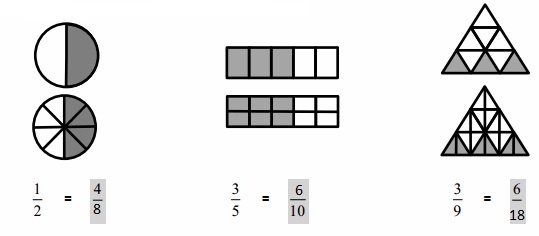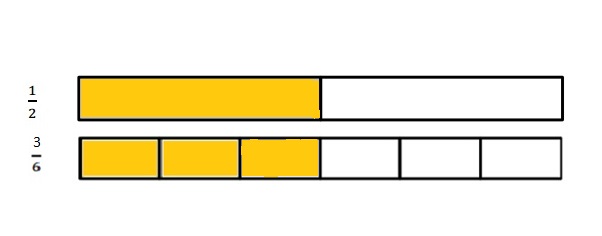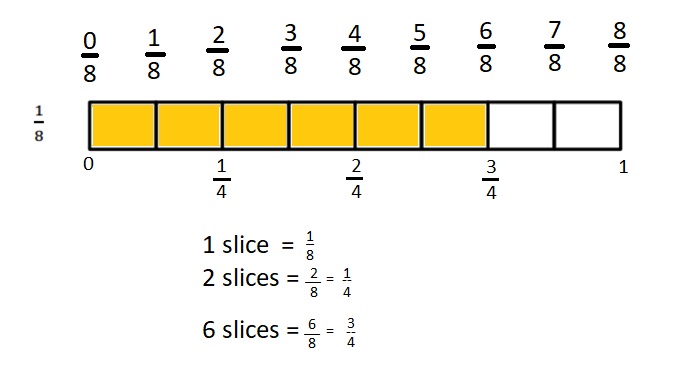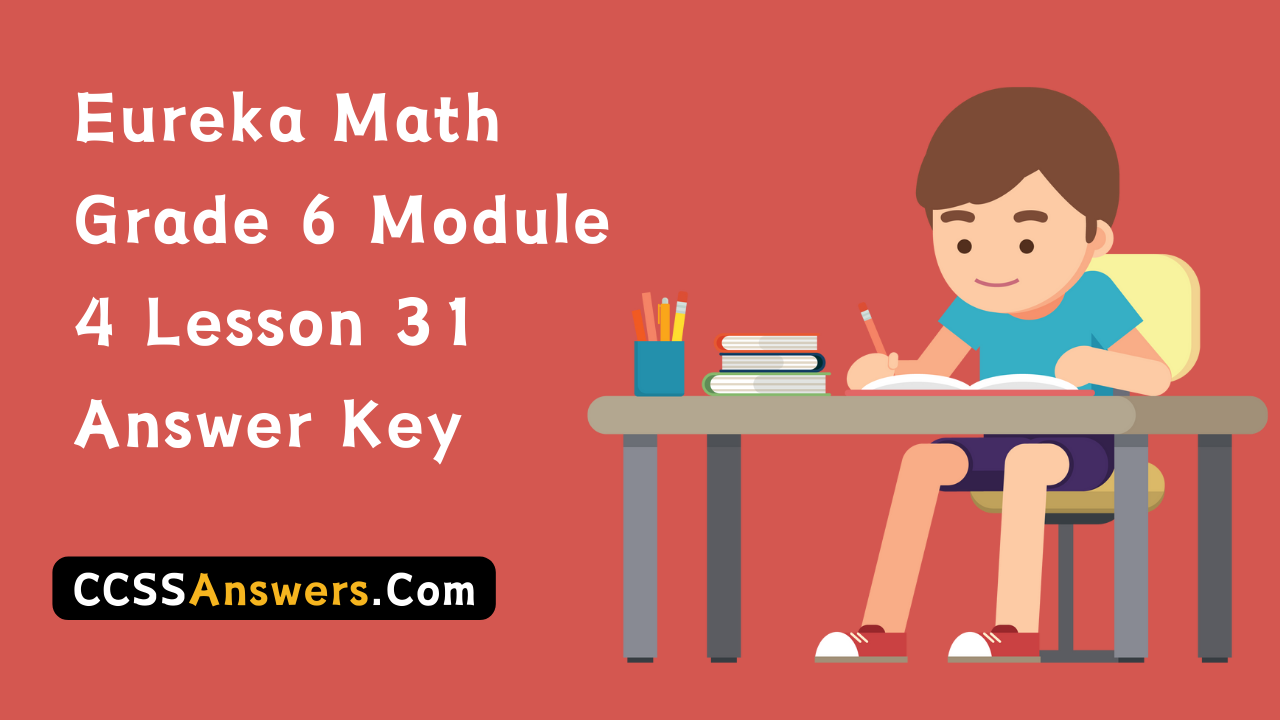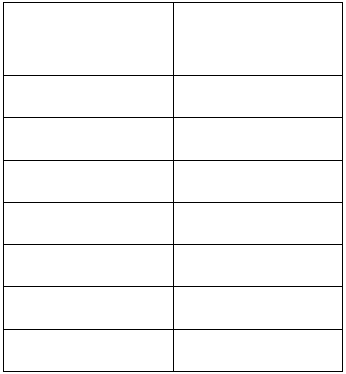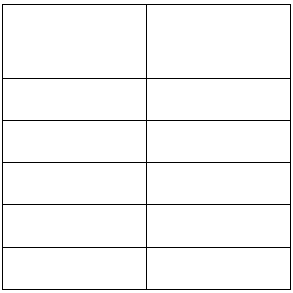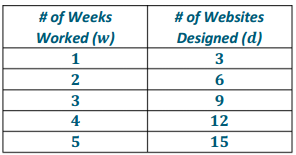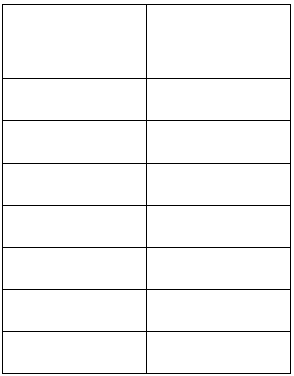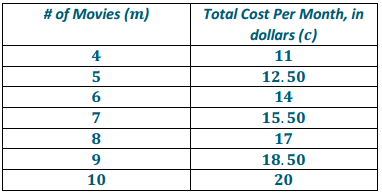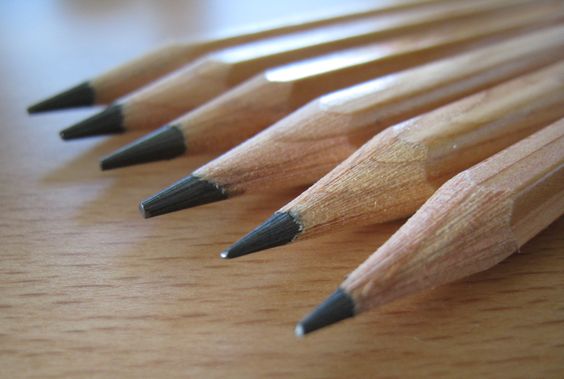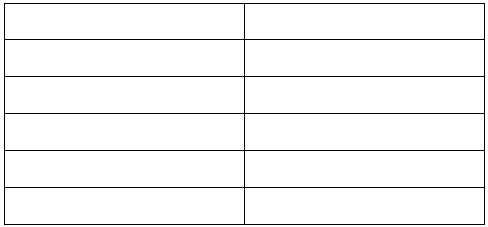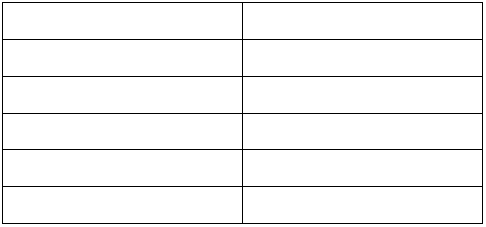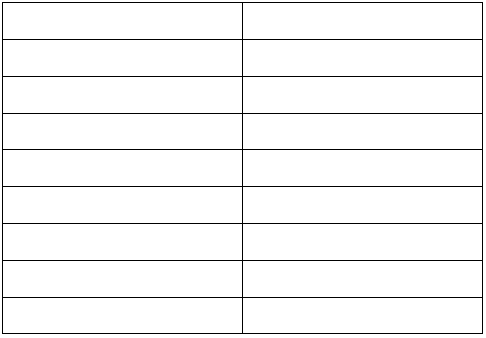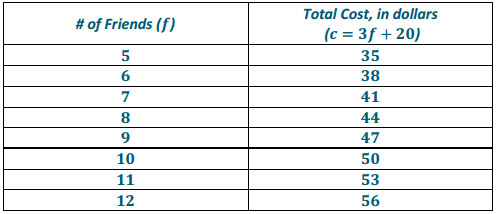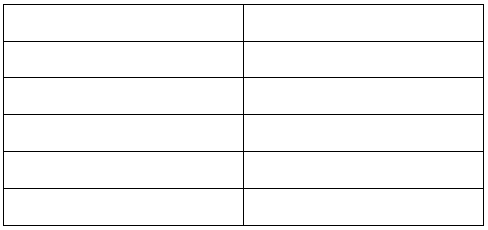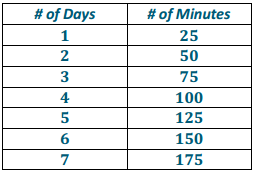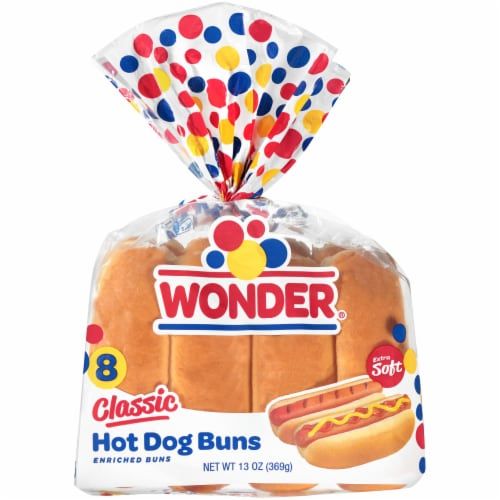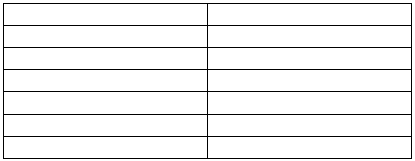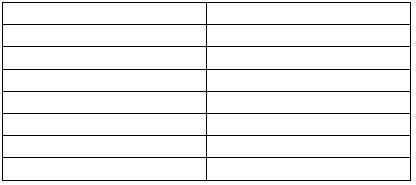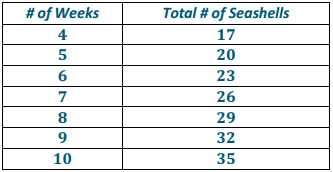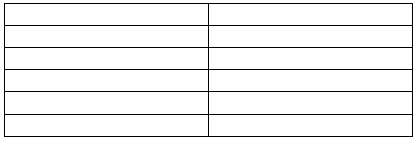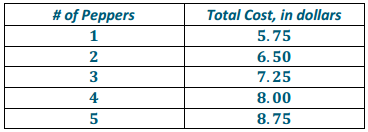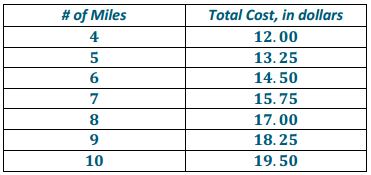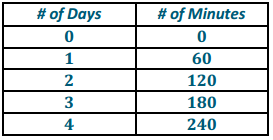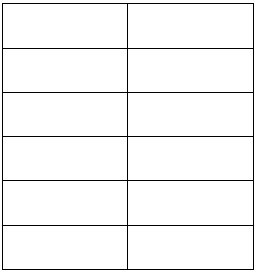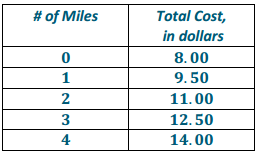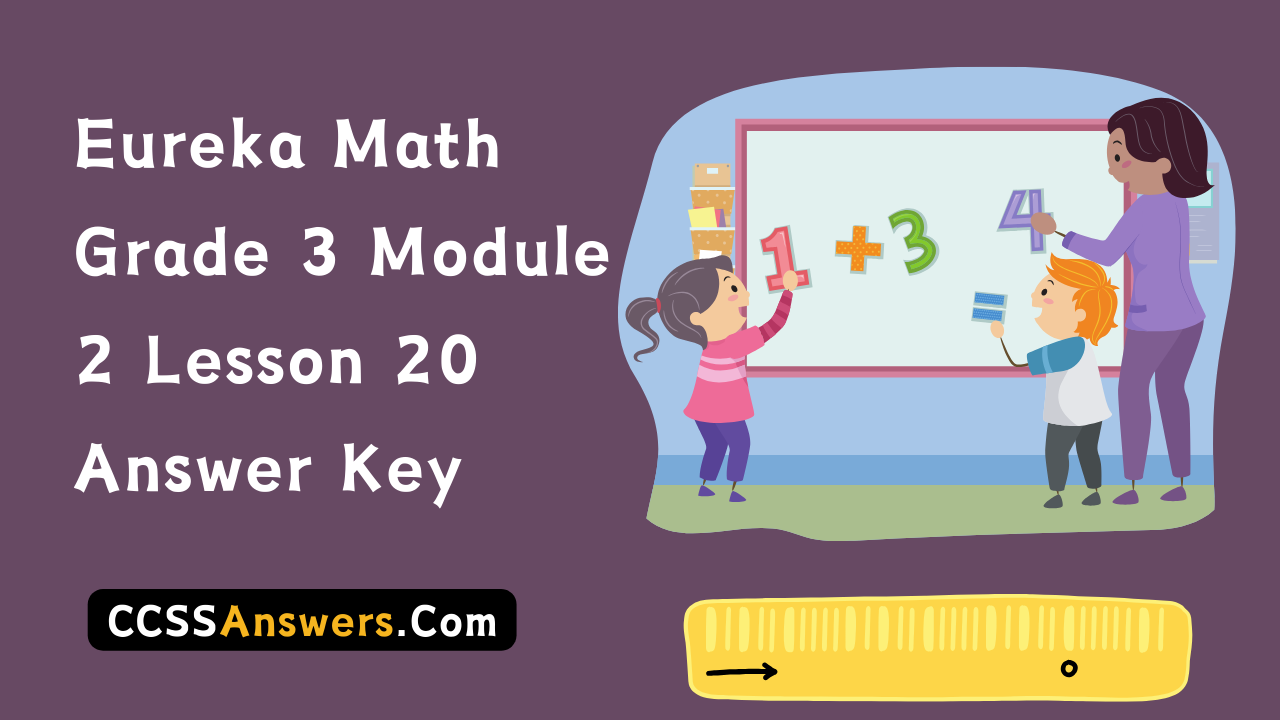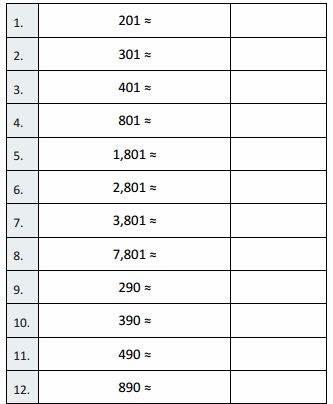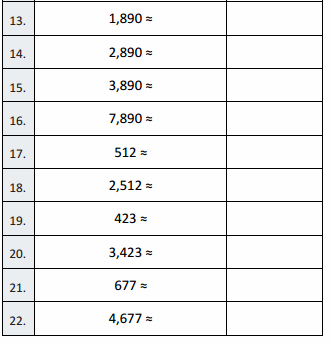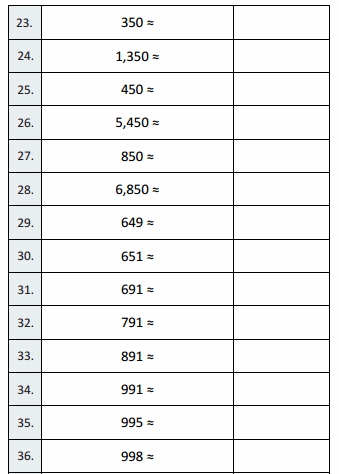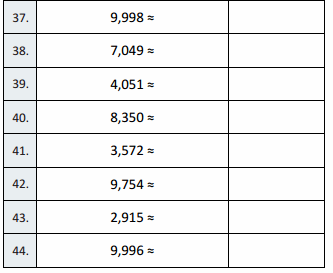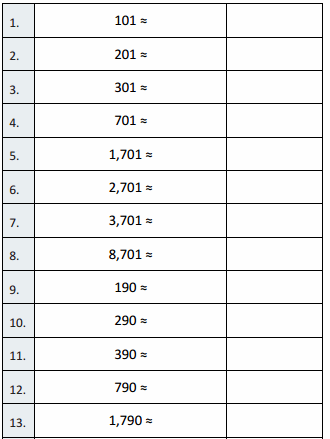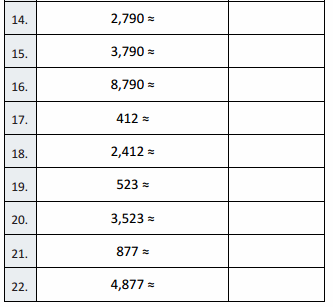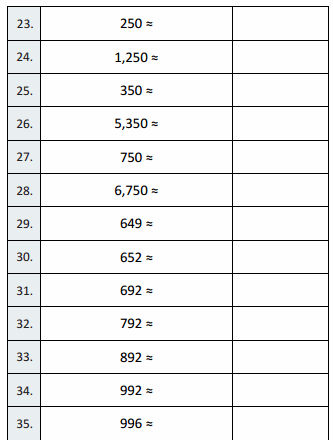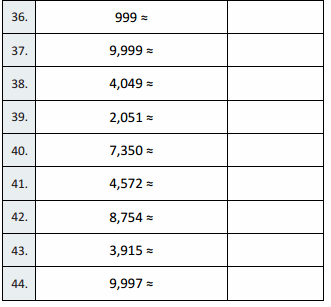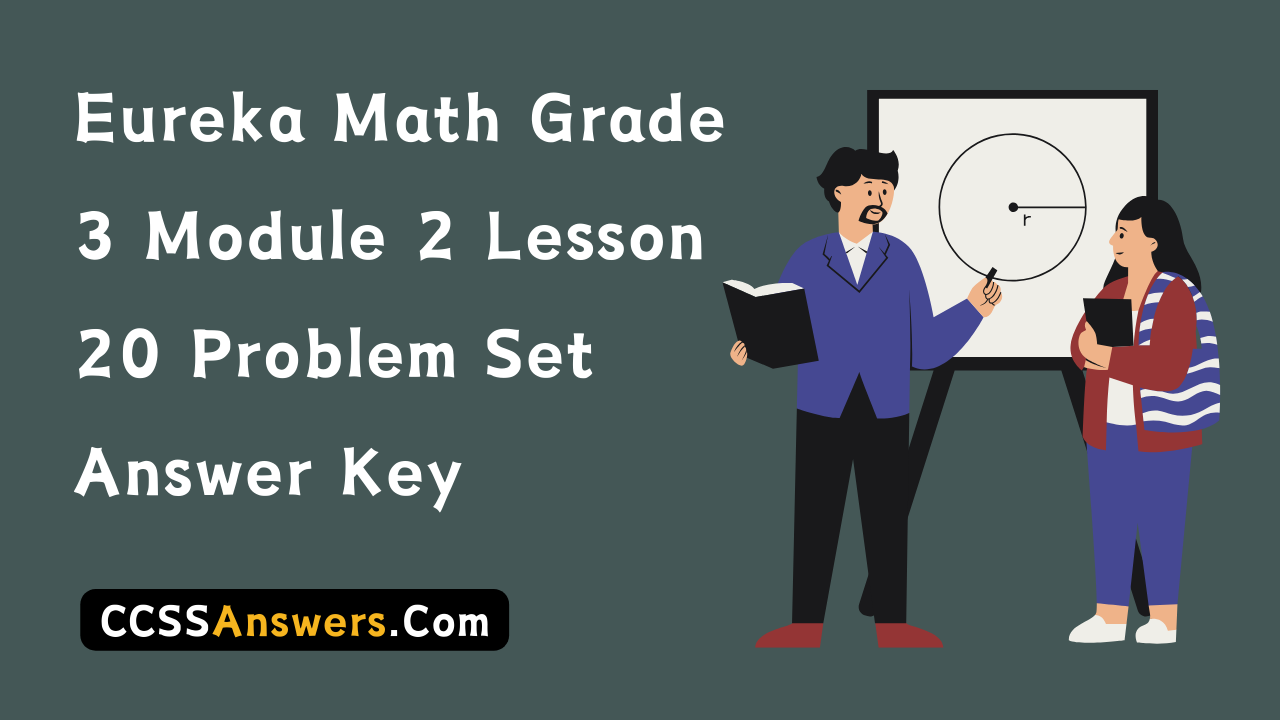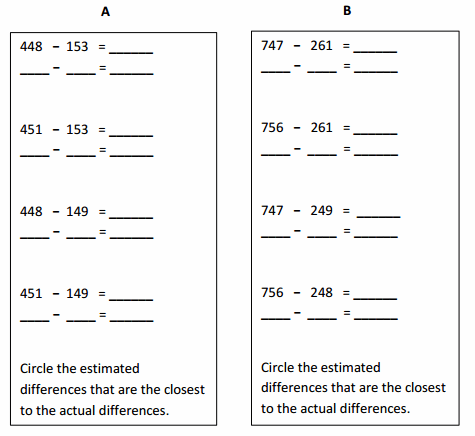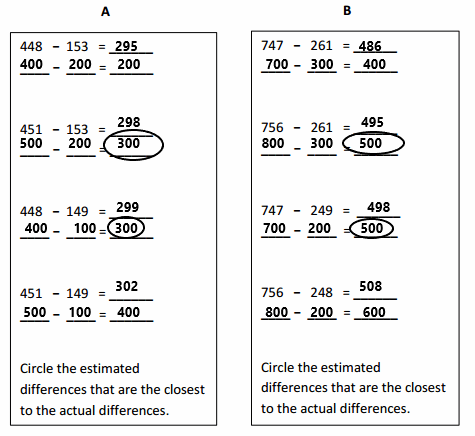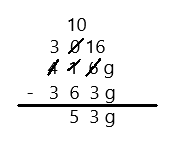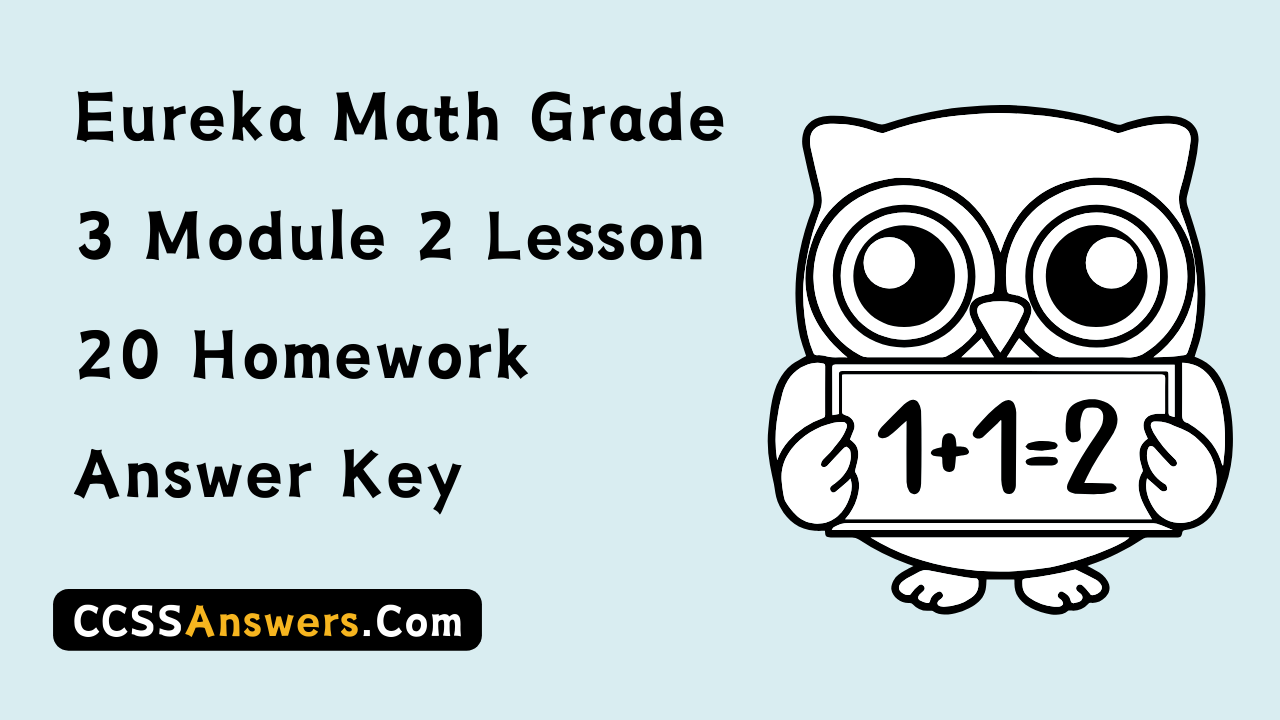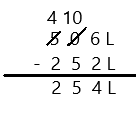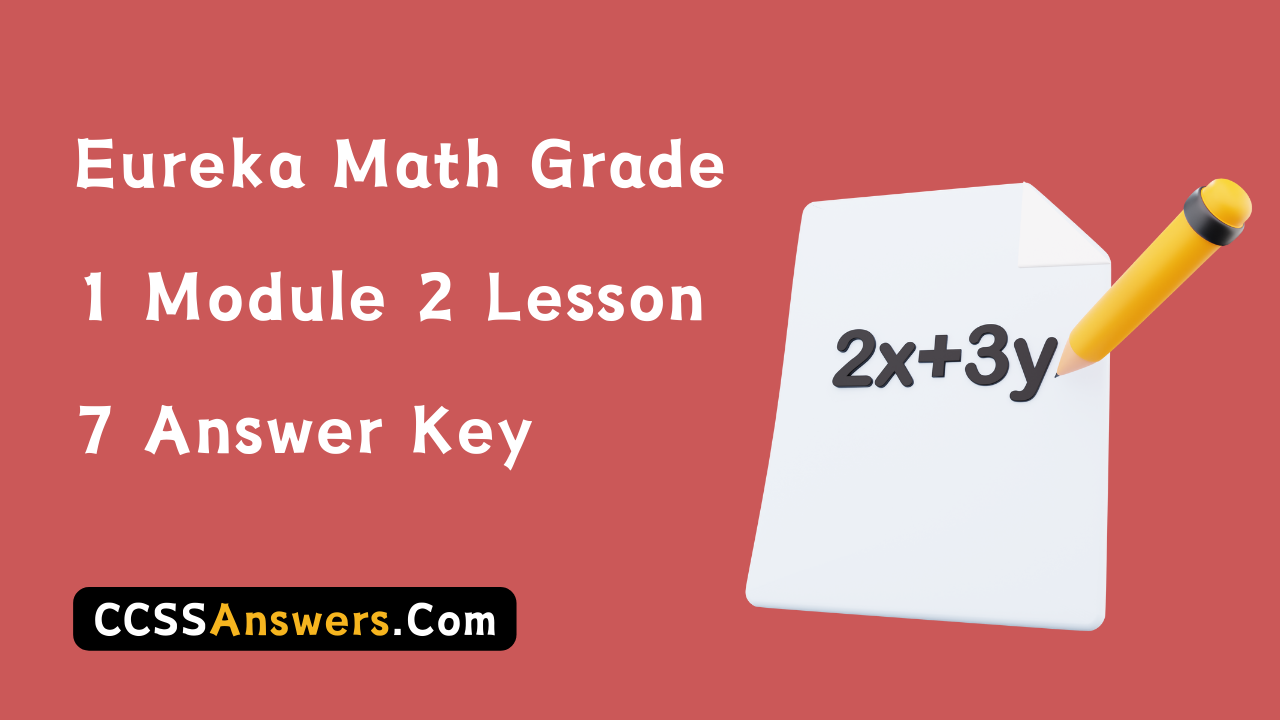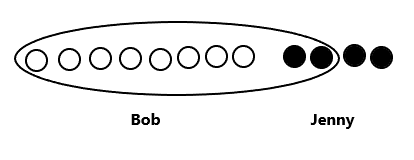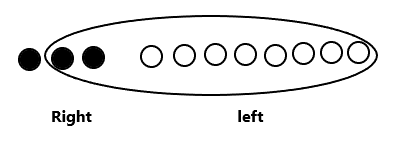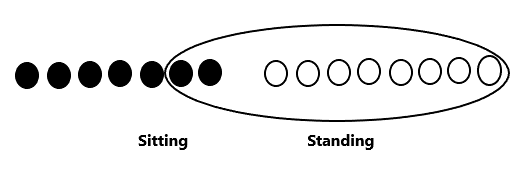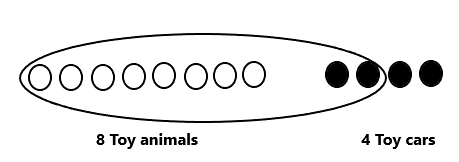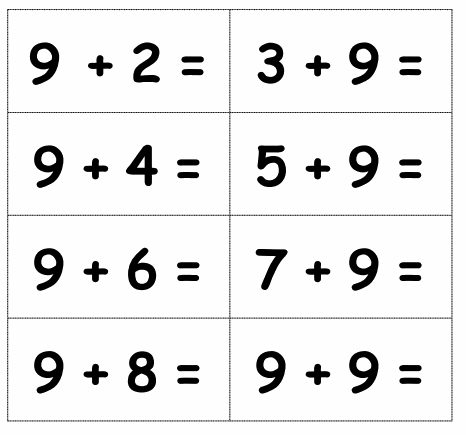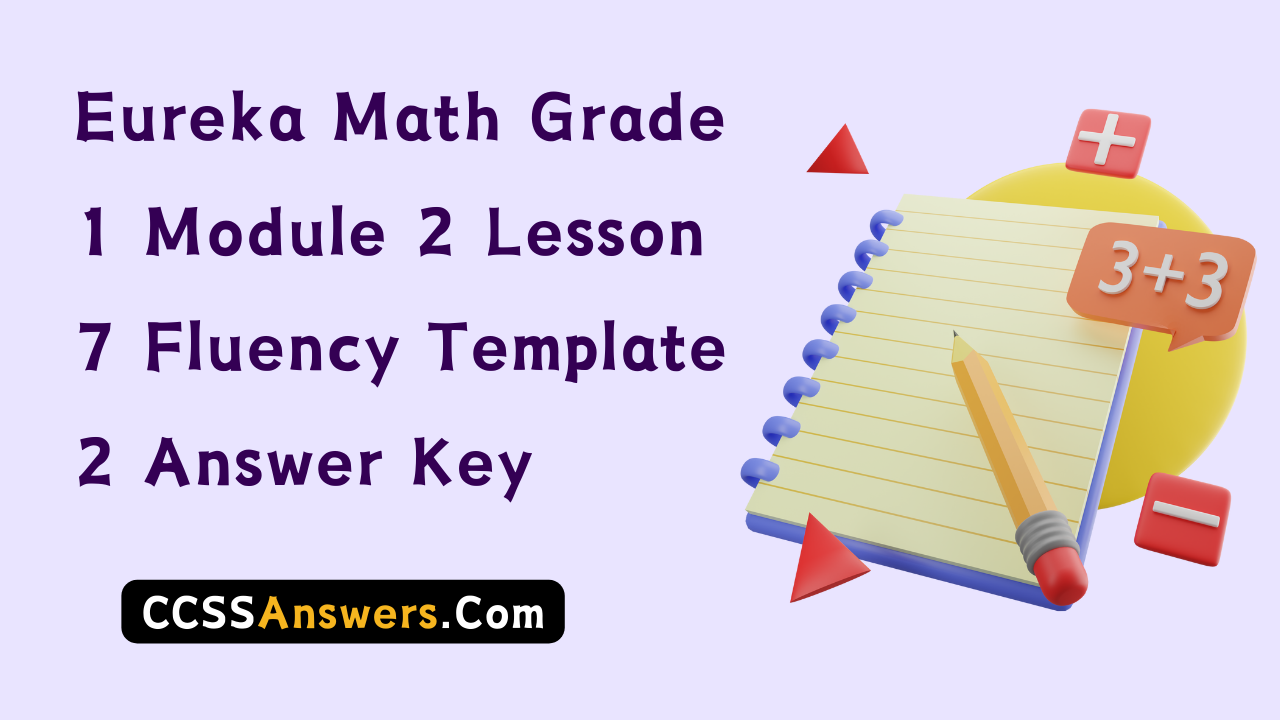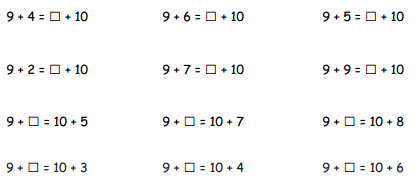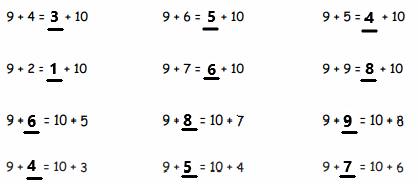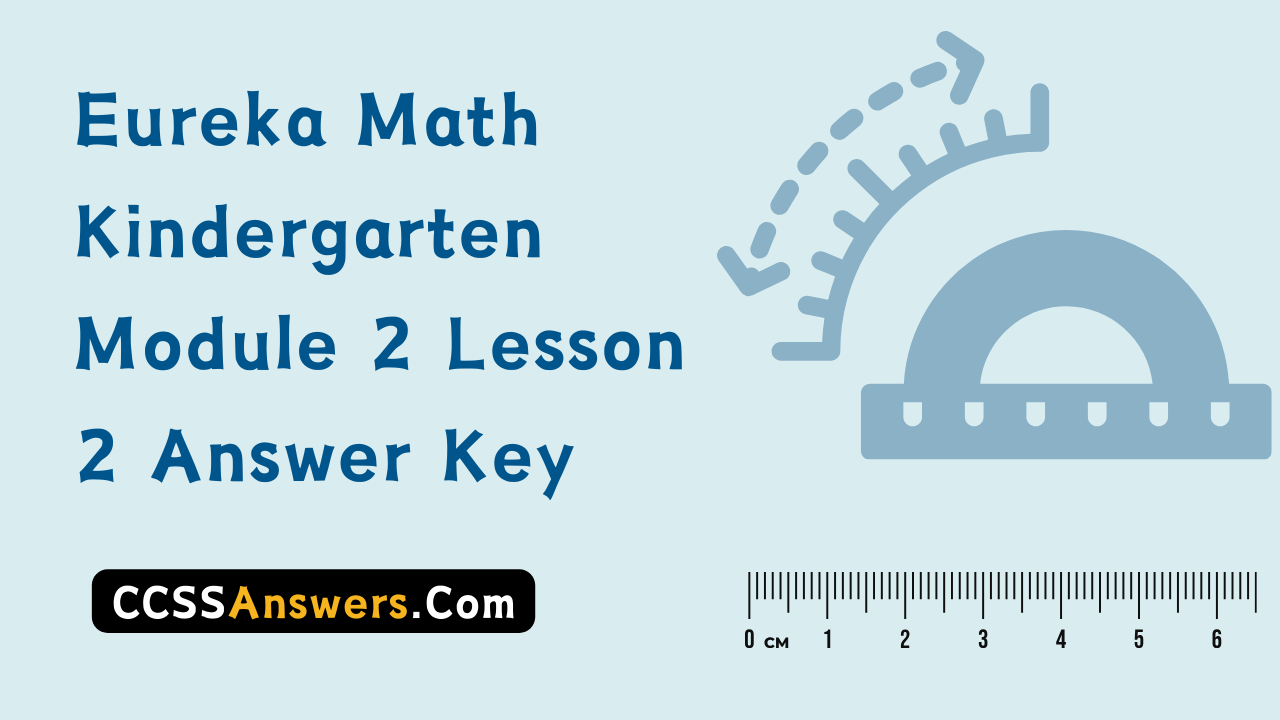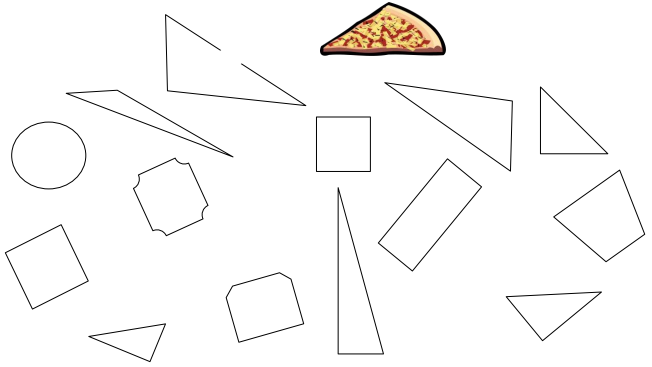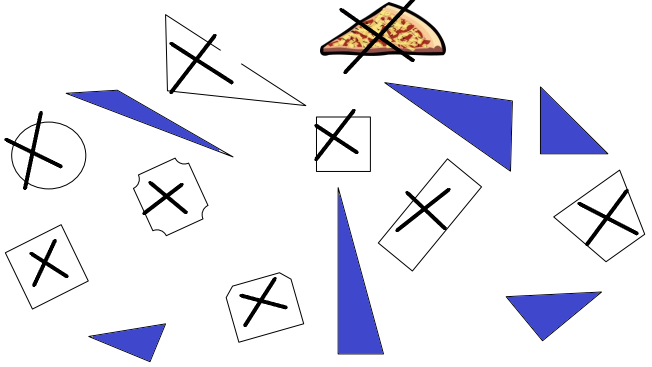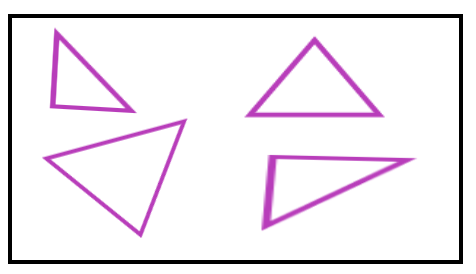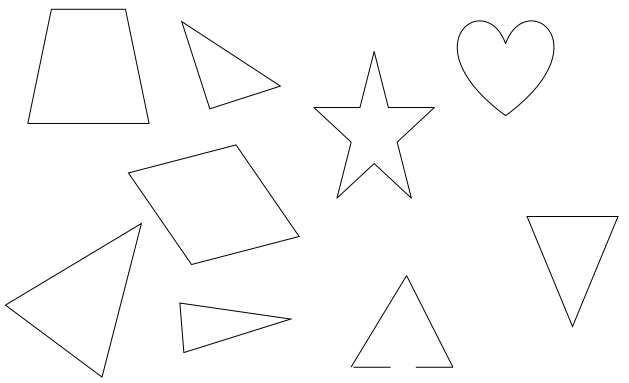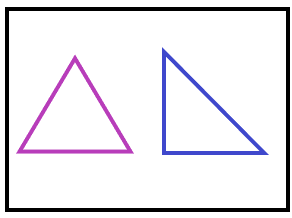Engage NY Eureka Math 4th Grade Module 2 Lesson 3 Answer Key
Eureka Math Grade 4 Module 2 Lesson 3 Problem Set Answer Key
Question 1.
Complete the conversion table.
|
Liquid Capacity
|
|
L
|
mL |
|
1
|
1,000 |
|
5
|
5,000 |
| 38 |
38,000
|
| 49 |
49,000
|
| 54 |
54,000
|
| 92 |
92,000
|
Explanation:
Completed the conversion table as shown above,
We know 1 liter = 103 or 1000 ml,
So 1 L = 1,000 mL .
5 L = 5,000 mL,
5 L = 5 X 1000 mL= 5,000 mL .
38 L = 38,000 mL,
38 L = 38 X 1000 mL= 38,000 mL .
49 L = 49,000 ml,
49 L = 49 X 1000 mL = 49,000 mL .
54,000 mL = 54 L,
as 54,000 mL ÷ 1000 mL = 54 L.
92,000 mL = 92 L,
as 92,000 mL ÷ 1000 mL = 92 L.
Question 2.
Convert the measurements.
a. 2 L 500 mL = ______2,500_______ mL
b. 70 L 850 mL = _____70,850________ mL
c. 33 L 15 mL = ______33,015_______ mL
d. 2 L 8 mL = ______2,008_______ mL
e. 3,812 mL = __3___ L ___812____ mL
f. 86,003 mL = __86___ L __003_____ mL
a. 2 L 500 mL = 2,500 mL,
Explanation:
2 L 500 mL
as 1 L = 103 mL = 1000 mL,
2 X 1000 mL + 500 mL= 2,500 mL .
b. 70 L 850 mL = 70,850 mL,
Explanation:
70 L 850 mL
as 1 L = 103 mL = 1000 mL,
70 X 1000 mL + 850 mL = 70,850 mL .
c. 33 L 15 mL = 33,015 mL,
Explanation:
33 L 15 mL
as 1 L = 103 mL = 1000 mL,
33 X 1000 mL + 15 mL = 33,015 mL .
d. 2 L 8 mL = 2,008 mL,
Explanation:
2 L 8 mL
as 1 L = 103 mL = 1000 mL,
2 X 1000 mL + 8 mL = 2,008 mL .
e. 3,812 mL = 3 L 812 mL,
Explanation:
3,812 mL
as 1 L = 103 mL = 1000 mL,
3,812 ÷ 1000 mL = 3 L 812 mL .
f. 86,003 mL = 86 L 003 mL,
Explanation:
86,003 mL
as 1 L = 103 mL = 1000 mL,
86,003 ÷ 1000 mL = 86 L 003 mL .
Question 3.
Solve.
a. 1,760 mL + 40 L
b. 7 L – 3,400 mL
c. Express the answer in the smaller unit:
25 L 478 mL + 3 L 812 mL
d. Express the answer in the smaller unit:
21 L – 2 L 8 mL
e. Express the answer in mixed units:
7 L 425 mL – 547 mL
f. Express the answer in mixed units:
31 L 433 mL – 12 L 876 mL
Use a tape diagram to model each problem. Solve using a simplifying strategy or an algorithm and write your answer as a statement.
a. 1,760 mL + 40 L =
1,760 mL + 40 L = 41 L 760 mL or 41,760 mL,

Statement : one thousand seven hundred sixty liter plus
forty liter is equal to forty one liter seven hundred sixty milliliter or
forty one thousand seven hundred and sixty milliliters.
Explanation:
Given 1,760 mL + 40 L =
as 40 L = 40 X 1000 mL = 40,000 mL,
40,000 mL
+1760 mL
41,760 mL
Used a tape diagram to model the problem.
Solved using a simplifying strategy and wrote
my answer as a statement one thousand seven hundred sixty liter plus
forty liter is equal to forty one liter seven hundred sixty milliliter or
forty one thousand seven hundred and sixty milliliters.
b. 7 L – 3,400 mL
7 L – 3,400 mL = 3,600 mL or 3 L 600 mL,

Statement : seven liters minus three thousand four
hundred milliliter is equal to three thousand
six hundred milliliters or three liters six hundred milliliter,
Explanation:
Given 7 L – 3,400 mL =
as 7 L = 7 X 1000 mL = 7,000 mL,
7,000 mL
-3,400 mL
3,600 mL
Used a tape diagram to model the problem.
Solved using a simplifying strategy and wrote my answer as a statement seven liter minus three thousand four hundred milliliter is equal to three thousand six hundred milliliters or three liters six hundred milliliter.
c. Express the answer in the smaller unit: 25 L 478 mL + 3 L 812 mL,
25 L 478 mL + 3 L 812 mL = 29 L 290 mL or 29,290 mL,

Statement : twenty five liter and four hundred seventy eight milliliters plus three liters eight hundred and twelve milliliters is equal to twenty nine liter and
two ninety milliliter or twenty nine thousand and two ninety milliliters,
Explanation:
Given 25 L 478 mL + 3 L 812 mL =
As 25 L 478 mL = 25 X 1000 mL + 478 mL =
25000 mL + 478 mL = 25478 mL,
3 L 812 mL = 3 X 1000 mL + 812 mL = 3000 mL + 812 mL = 3812 mL,
25,478 mL
+3812 mL
29,290 mL
The smaller unit as 1 liter is equal to 1,000 milliliter,
So 29,290 mL = 29,290 ÷ 1000 = 29 L 290 mL,
Used a tape diagram to model the problem.
Solved using a simplifying strategy and wrote my answer as a statement twenty five liter and four hundred seventy eight milliliters plus three liters eight hundred and twelve milliliters is equal to twenty nine liter and two ninety milliliter or twenty nine thousand and two ninety milliliters.
d. Express the answer in the smaller unit: 21 L – 2 L 8 mL
21 L – 2 L 8 mL = 18 L 992 mL or 18,992 mL,

Statement : twenty one liter minus two liters and eight milliliters is equal to eighteen liter and nine hundred ninety two milliliter or eighteen thousand and
nine hundred ninety two milliliters,
Explanation:
Given 21 L – 2 L 8 mL =
As 21 L = 21 X 1000 mL = 21,000 mL,
2 L 8 mL = 2 X 1000 mL + 8 mL = 2000 mL + 8 mL = 2,008 mL,
21,000 mL
-2,008 mL
18,992 mL
The smaller unit as 1 liter is equal to 1,000 milliliter,
So 18,992 mL = 18,992 ÷ 1000 = 18 L 992 mL,
Used a tape diagram to model the problem.
Solved using a simplifying strategy and wrote my answer as a statement twenty one liter minus two liters and and eight milliliters is equal to eighteen liter and nine hundred ninety two milliliter or eighteen thousand and nine hundred ninety two milliliters.
e. Express the answer in mixed units: 7 L 425 mL – 547 mL
7 L 425 mL – 547 mL = 6,878 mL or 6 L 878 mL,

Statement : seven liter four hundred twenty five milliliters minus
five hundred and forty seven milliliters is equal to six thousand and
eight hundred seventy eight milliliters or six liters and
eight hundred seventy eight milliliters,
Explanation:
Given 7 L 425 mL – 547 mL =
As 7 L 425 mL = 7 X 1000 mL + 425 mL = 7000 mL + 425 mL = 7,425 mL
7,425 mL
-547 mL
6,878 mL
The answer in mixed units is
So 6,878 mL = 6878 ÷ 1000 = 6 L 878 mL,
Used a tape diagram to model the problem.
Solved using a simplifying strategy and wrote
my answer as a statement seven liter four hundred
twenty five milliliters minus five hundred and
forty seven milliliters is equal to six thousand and
eight hundred seventy eight milliliters or six liters and
eight hundred seventy eight milliliters.
f. Express the answer in mixed units: 31 L 433 mL – 12 L 876 mL
31 L 433 mL – 12 L 876 mL = 18,557 mL or 18 L 557 mL,

Statement : thirty one liter four hundred thirty three milliliters minus
twelve liters and eight hundred and seventy six milliliters is equal to eighteen thousand and five hundred fifty seven milliliters or
eighteen liters and five hundred fifty seven milliliters,
Explanation:
Given 31 L 433 mL – 12 L 876 mL
As 31 L 433 mL = 31 X 1000 mL + 433 mL =
31000 mL + 433 mL = 31,433 mL and
12 L 876 mL = 12 X 1000 mL + 876 mL =
12000 mL + 876 mL = 12,876 mL,
31,433 mL
-12,876 mL
18,557 mL
The answer in mixed units is
So 18,557 mL = 18,557 ÷ 1000 = 18 L 557 mL,
Used a tape diagram to model the problem.
Solved using a simplifying strategy and wrote
my answer as a statement thirty one liter four hundred
thirty three milliliters minus twelve liters and eight hundred
and seventy six milliliters is equal to eighteen thousand and
five hundred fifty seven milliliters or
eighteen liters and five hundred fifty seven milliliters.
Question 4.
To make fruit punch, John’s mother combined
3,500 milliliters of tropical drink, 3 liters 95 milliliters
of ginger ale, and 1 liter 600 milliliters of pineapple juice.
a. Order the quantity of each drink from least to greatest.
b. How much punch did John’s mother make?
a. The quantity of order of each drink from least to greatest is
1,600 mL pineapple < 3,095 mL ginger ale < 3,500 mL tropical drink,
Explanation:
Given John’s mother combined 3,500 milliliters of tropical drink,
3 liters 95 milliliters of ginger ale and 1 liter 600 milliliters of pineapple juice. As 3 L 95 mL = 3 X 1000 mL + 95 mL = 3,095 mL ginger ale,
1 L 600 mL = 1 X 1000 mL + 600 mL = 1,600 mL pineapple,
Now all are in milliliters comparing we get
1,600 mL pineapple < 3,095 mL ginger ale < 3,500 mL tropical drink
Therefore, The quantity of order of each drink from least to greatest is
1,600 mL pineapple < 3,095 mL ginger ale < 3,500 mL tropical drink.
b. John’s mother has made 8,195 mL of fruit punch or 8 L 195 mL,
Explanation:
Given John’s mother combined 3,500 milliliters of tropical drink,
3 liters 95 milliliters of ginger ale and 1 liter 600 milliliters of pineapple juice. As 3 L 95 mL = 3 X 1000 mL + 95 mL = 3,095 mL ginger ale,
1 L 600 mL = 1 X 1000 mL + 600 mL = 1,600 mL pineapple,
now in total we have 3,500 mL + 3,095 mL + 1,600 mL =
3,500 mL
3,095 mL
+1,600 mL
8,195 mL or 8,195 ÷ 1000 = 8 L 195 mL .
Therefore, John’s mother has made 8,195 mL of fruit punch or 8 L 195 mL .
Question 5.
A family drank 1 liter 210 milliliters of milk at breakfast.
If there were 3 liters of milk before breakfast,
how much milk is left?
Milk left is 1,790 mL or 1 L 790 mL,
Explanation:
Given A family drank 1 liter 210 milliliters of milk at breakfast.
If there were 3 liters of milk before breakfast, So milk left is
3 L – 1 L 210 mL =
as 3 L = 3 X 1000 mL = 3000 mL and
1 L 210 mL = 1 X 1000 mL + 210 mL = 1,210 mL,
now 3000 mL – 1,210 mL =
3000 mL
-1,210 mL
1,790 mL or 1,790 ÷ 1000 = 1 L 790 mL,
Therefore, Milk left is 1,790 mL or 1 L 790 mL .
Question 6.
Petra’s fish tank contains 9 liters 578 milliliters of water. If the capacity of the tank is 12 liters 455 milliliters of water, how many more milliliters of water does she need to fill the tank?
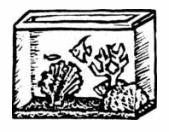
Petra’s need more 2,877 milliliters of water to fill the tank,
Explanation:
Given Petra’s fish tank contains 9 liters 578 milliliters of water.
If the capacity of the tank is 12 liters 455 milliliters of water,
So more milliliters of water does she needs to fill the tank is
12 L 455 mL – 9 L 578 mL =
as 12 L 455 mL = 12 X 1000 mL + 455 mL = 12,455 mL,
9 L 578 mL = 9 X 1000 mL + 578 mL = 9,578 mL,
12,455 mL
– 9,578 mL
2,877 mL
Therefore, Petra’s need more 2,877 milliliters of water to fill the tank.
Eureka Math Grade 4 Module 2 Lesson 3 Exit Ticket Answer Key
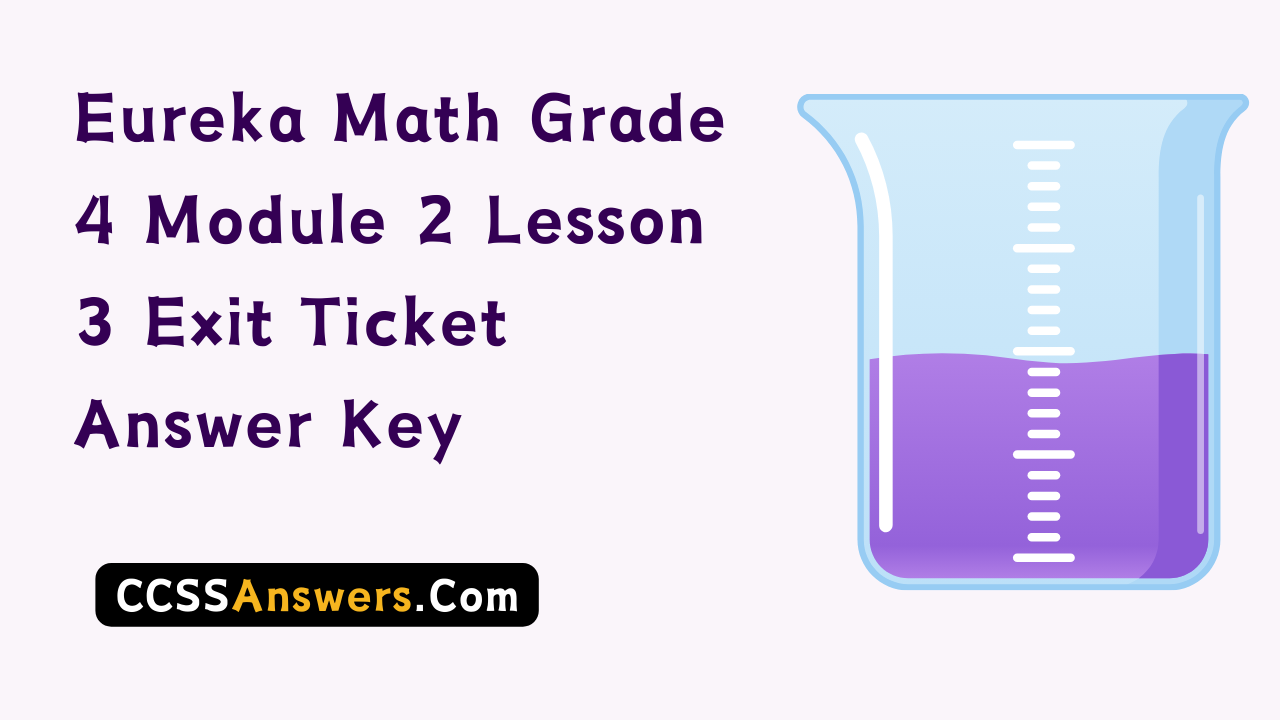
Question 1.
Convert the measurements.
a. 6 L 127 mL = ____6,127___ mL
b. 706 L 220 mL = ___706,220__ mL
c. 12 L 9 mL = ____12,009______mL
d. ___906___ L __010_____ mL = 906,010 mL
a. 6 L 127 mL
6 L 127 mL = 6,127 mL
Explanation:
6 L 127 mL = 6 X 1000 mL + 127 mL = 6,127 mL .
b. 706 L 220 mL =
706 L 220 mL = 706,220 mL,
Explanation:
706 L 220 mL = 706 X 1000 mL + 220 mL = 706,220 mL .
c. 12 L 9 mL =
12 L 9 mL = 12,009 mL,
Explanation:
12 L 9 mL = 12 X 1000 mL + 9 mL = 12000 mL + 9 mL = 12,009 mL .
d. ____________= 906,010 mL,
906 L 010 mL = 906,010 mL,
Explanation:
____________= 906,010 mL, As 906,010 mL ÷ 1000 =
906 L 010 mL .
Question 2.
Solve.
81 L 603 mL – 22 L 489 mL
Use a tape diagram to model the following problem. Solve using a simplifying strategy or an algorithm, and write your answer as a statement.
81 L 603 mL – 22 L 489 mL = 59,114 mL or 59 L 114 mL,

Statement : eighty one liter and six hundred three milliliters
minus twenty two liters four hundred eighty nine milliliter is
equal to fifty nine thousand one hundred fourteen milliliters or
fifty nine liters and one hundred fourteen milliliters,
Explanation:
81 L 603 mL – 22 L 489 mL
as 81 L 603 mL = 81 X 1000 mL + 603 mL = 81,603 mL and
22 L 489 mL = 22 X 1000 mL + 489 mL = 22,489 mL
81,603 mL
-22,489 mL
59,114 mL or 59,114 ÷ 1000 = 59 L 114 mL,
Used a tape diagram to model the problem.
Solved using a simplifying strategy and wrote
my answer as a statement eighty one liter and six hundred
three milliliters minus twenty two liters four hundred eighty
nine milliliter is equal to fifty nine thousand one hundred
fourteen milliliters or fifty nine liters and one hundred
fourteen milliliters.
Question 3.
The Smith’s hot tub has a capacity of 1,458 liters.
Mrs. Smith put 487 liters 750 milliliters of water in the tub.
How much water needs to be added to fill the hot tub completely?
Smith needs to add 970,250 milliliters or 970 L 250 mL of water
to completely fill the hot tub,
Explanation:
Given the Smith’s hot tub has a capacity of 1,458 liters.
Mrs. Smith put 487 liters 750 milliliters of water in the tub.
Water needed to be added to fill the hot tub completely is
1,458 liters – 487 liters 750 milliliters =
as 1,458 liters = 1,458 X 1000 mL = 1,458,000 mL and
487 liters 750 milliliters = 487 X 1000 mL + 750 mL =
487000 mL + 750 mL = 487,750 mL, So
1,458,000 mL
-487,750 mL
970,250 mL or 970,250 ÷ 1000 = 970 L 250 mL,
Therefore, Smith needs to add 970,250 milliliters or 970 L 250 mL of water to completely fill the hot tub.
Eureka Math Grade 4 Module 2 Lesson 3 Homework Answer Key

Question 1.
Complete the conversion table.
|
Liquid Capacity
|
|
L
|
mL |
|
1
|
1,000 |
|
8
|
8,000 |
| 27 |
27,000
|
| 39 |
39,000
|
| 68 |
68,000
|
| 102 |
102,000
|
Explanation:
Completed the conversion table as shown above,
We know 1 liter = 103 or 1000 ml,
So 1 L = 1,000 mL .
8 L = 8,000 mL,
8 L = 8 X 1000 mL= 8,000 mL .
27 L = 27,000 mL,
27 L = 27 X 1000 mL= 27,000 mL .
39,000 mL = 39 L,
as 39,000 mL ÷ 1000 mL = 39 L.
68 L = 68,000 ml,
68 L = 68 X 1000 mL = 68,000 mL .
102,000 mL = 102 L,
as 102,000 mL ÷ 1000 mL = 102 L.
Question 2.
Convert the measurements.
a. 5 L 850 mL = ______5,850_______ mL
b. 29 L 303 mL = _____29,303________ mL
c. 37 L 37 mL = _____37,037________ mL
d. 17 L 2 mL = ______17,002_______ mL
e. 13,674 mL = __13___ L __674____ mL
f. 275,005 mL = __275___ L __005____ mL
a. 5 L 850 mL = 5,850 mL,
Explanation:
5 L 850 mL
as 1 L = 103 mL = 1000 mL,
5 X 1000 mL + 850 mL= 5,850 mL .
b. 29 L 303 mL = 29,303 mL,
Explanation:
29 L 303 mL
as 1 L = 103 mL = 1000 mL,
29 X 1000 mL + 303 mL = 29 mL .
c. 37 L 37 mL = 37,037 mL,
Explanation:
37 L 37 mL
as 1 L = 103 mL = 1000 mL,
37 X 1000 mL + 37 mL = 37,037 mL .
d. 17 L 2 mL= 17,002 mL,
Explanation:
17 L 3 mL
as 1 L = 103 mL = 1000 mL,
17 X 1000 mL + 3 mL = 17,003 mL .
e. 13,674 mL = 13 L 674 mL,
Explanation:
13,674 mL
as 1 L = 103 mL = 1000 mL,
13,674 ÷ 1000 mL = 13 L 674 mL .
f. 275,005 mL = 275 L 005 mL,
Explanation:
275,005 mL
as 1 L = 103 mL = 1000 mL,
275,005 ÷ 1000 mL = 275 L 005 mL .
Question 3.
Solve.
a. 545 mL + 48 mL
b. 8 L – 5,740 mL
c. Express the answer in the smaller unit:
27 L 576 mL + 784 mL
d. Express the answer in the smaller unit:
27 L + 3,100 mL
e. Express the answer in mixed units:
9 L 213 mL – 638 mL
f. Express the answer in mixed units:
41 L 724 mL – 28 L 945 mL
Use a tape diagram to model each problem. Solve using a simplifying strategy or an algorithm, and write your answer as a statement.
a. 545 mL + 48 mL
545 mL + 48 mL = 593 mL,

Statement : five hundred forty five milliliter plus
forty eight milliliter is equal to five hundred ninety three milliliters,
Explanation:
Given 545 mL + 48 mL =
545 mL
+48 mL
593 mL
Used a tape diagram to model the problem.
Solved using a simplifying strategy and wrote
my answer as a statement five hundred forty five milliliter plus
forty eight milliliter is equal to five hundred ninety three milliliters.
b. 8 L – 5,740 mL
8 L – 5,740 mL = 2,260 mL or 2 L 260 mL,

Statement : eight liters minus five thousand seven
hundred forty milliliter is equal to two thousand
two hundred sixty milliliters or two liters two hundred
sixty milliliter,
Explanation:
Given 8 L – 5,740 mL =
as 8 L = 8 X 1000 mL = 8,000 mL,
8,000 mL
-5,740 mL
2,260 mL or 2,260 ÷ 1000 = 2 L 260 mL,
Used a tape diagram to model the problem.
Solved using a simplifying strategy and wrote
my answer as a statement eight liters minus five thousand
seven hundred forty milliliter is equal to two thousand
two hundred sixty milliliters or two liters two hundred
sixty milliliter.
c. Express the answer in the smaller unit: 27 L 576 mL + 784 mL
27 L 576 mL + 784 mL = 28 L 360 mL or 28,360 mL,

Statement : twenty seven liter and five hundred
seventy six milliliters plus seven hundred
eighty four milliliters is equal to twenty eight liter and
and three hundred sixty milliliter or twenty eight thousand and
three hundred sixty milliliters,
Explanation:
Given 27 L 576 mL + 784 mL =
As 27 L 576 mL = 27 X 1000 mL + 576 mL =
27000 mL + 576 mL = 27,576 mL,
27,576 mL
+ 784 mL
28,360 mL
The smaller unit as 1 liter is equal to 1,000 milliliter,
So 28,360 mL = 28,360 ÷ 1000 = 28 L 360 mL,
Used a tape diagram to model the problem.
Solved using a simplifying strategy and wrote
my answer as a statement twenty seven liter and five hundred
seventy six milliliters plus seven hundred
eighty four milliliters is equal to twenty eight liter and
and three hundred sixty milliliter or twenty eight thousand and
three hundred sixty milliliters.
d. Express the answer in the smaller unit: 27 L + 3,100 mL
27 L + 3,100 mL = 30 L 100 mL or 30,100 mL,

Statement : twenty seven liter plus three liters and
one hundred milliliters is equal to thirty liter and
one hundred milliliters or thirty thousand and
one hundred milliliters,
Explanation:
Given 27 L + 3,100 mL =
As 27 L = 27 X 1000 mL = 27,000 mL,
27,000 mL
+3,100 mL
30,100 mL
The smaller unit as 1 liter is equal to 1,000 milliliter,
So 30,100 mL = 30,100 ÷ 1000 = 30 L 100 mL,
Used a tape diagram to model the problem.
Solved using a simplifying strategy and wrote
my answer as a statement twenty seven liter plus
three liters and one hundred milliliters is equal to
thirty liter and one hundred milliliters or thirty
thousand and one hundred milliliters.
e. Express the answer in mixed units: 9 L 213 mL – 638 mL
9 L 213 mL – 638 mL = 8,575 mL or 8 L 575 mL,

Statement : nine liter two hundred thirteen milliliters minus
six hundred and thirty eight milliliters is equal to eight thousand
and five hundred seventy five milliliters or eight liters and
five hundred seventy five milliliters,
Explanation:
Given 9 L 213 mL – 638 mL =
As 9 L 213 mL = 9 X 1000 mL + 213 mL = 9000 mL + 213 mL = 9,213 mL
9213 mL
– 638 mL
8,575 mL
The answer in mixed units is
8,575 mL = 8,575 ÷ 1000 = 8 L 575 mL,
Used a tape diagram to model the problem.
Solved using a simplifying strategy and wrote
my answer as a statement nine liter two hundred
thirteen milliliters minus six hundred and
thirty eight milliliters is equal to eight thousand
and five hundred seventy five milliliters or eight liters
and five hundred seventy five milliliters.
f. Express the answer in mixed units: 41 L 724 mL – 28 L 945 mL
41 L 724 mL – 28 L 945 mL = 12,779 mL or 12 L 779 mL,

Statement : forty one liter seven hundred twenty four milliliters
minus twenty eight liter nine hundred and forty five milliliters
is equal to twelve thousand and seven hundred
seventy nine milliliters or twelve liters and seven hundred
seventy nine milliliters,
Explanation:
Given 41 L 724 mL – 28 L 945 mL =
As 41 L 724 mL = 41 X 1000 mL + 724 mL =
41000 mL + 724 mL = 41,724 mL and
28 L 945 mL = 28 X 1000 mL + 945 mL =
28000 mL + 945 mL = 28,945 mL,
41,724 mL
-28,945 mL
12,779 mL
The answer in mixed units is
12,779 mL = 12,779 ÷ 1000 = 12 L 779 mL,
Used a tape diagram to model the problem.
Solved using a simplifying strategy and wrote
my answer as a statement forty one liter seven hundred
twenty four milliliters minus twenty eight liter nine hundred
and forty five milliliters is equal to twelve thousand and
seven hundred seventy nine milliliters or twelve liters and
seven hundred seventy nine milliliters.
Question 4.
Sammy’s bucket holds 2,530 milliliters of water. Marie’s bucket holds 2 liters 30 milliliters of water. Katie’s bucket holds 2 liters 350 milliliters of water. Whose bucket holds the least amount of water?
Answer:
Marie’s bucket holds the least amount of water of 2 liters 30 milliliters or 2,030 mL of water,
Explanation:
Given Sammy’s bucket holds 2,530 milliliters of water.
Marie’s bucket holds 2 liters 30 milliliters of water.
Katie’s bucket holds 2 liters 350 milliliters of water.
The least amount of water bucket is
Sammy’s bucket 2,530 mL, Marie’s bucket 2 L 30 mL means
2 X 1000 mL + 30 mL = 2,030 mL and Katie’s bucket holds
2 L 350 mL = 2 X 1000 mL + 350 mL = 2,350 mL,
Now upon comparing 2,030 mL < 2,350 mL < 2,530 mL,
Marie < Katie < Sammy’s ,
So Marie’s bucket holds the least amount of water of
2 liters 30 milliliters or 2,030 mL of water.
Question 5.
At football practice, the water jug was filled with 18 liters 530 milliliters of water. At the end of practice, there were 795 milliliters left. How much water did the team drink?
Answer:
The team drank 17,735 milliliters or 17 liters 735 milliliters,
Explanation:
At football practice, the water jug was filled with
18 liters 530 milliliters of water. At the end of practice,
there were 795 milliliters left.
So amount of water did the team drank is 18 L 530 mL –
795 mL, 18 L 530 mL = 18 X 1000 mL + 530 mL = 18,530 mL,
18,530 mL
– 795 mL
17,735 mL or 17,735 ÷ 1000 = 17 L 735 mL
Therefore, the team drank 17,735 milliliters or 17 liters 735 milliliters.
Question 6.
27,545 milliliters of gas were added to a car’s empty gas tank. If the gas tank’s capacity is 56 liters 202 milliliters, how much gas is needed to fill the tank?
Answer:
Gas needed to fill the tank is 28,657 milliliters or 28 liters 657 milliliters,
Explanation:
Given 27,545 milliliters of gas were added to a car’s
empty gas tank. If the gas tank’s capacity is
56 liters 202 milliliters, The gas needed to fill the tank is
56 L 202 mL – 27,545 mL =
as 56 L 202 mL = 56 X 1000 mL + 202 mL = 56,202 mL,
56,202 mL
-27,545 mL
28,657 mL or 28,657 ÷ 1000 = 28 L 657 mL
Therefore, Gas needed to fill the tank is 28,657 milliliters or
28 liters 657 milliliters.
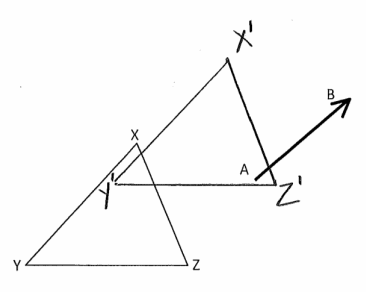
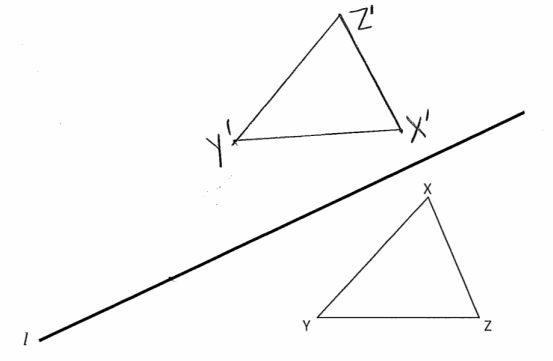
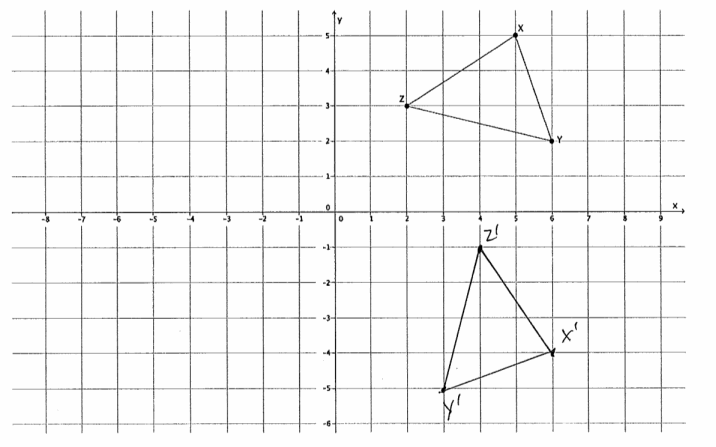
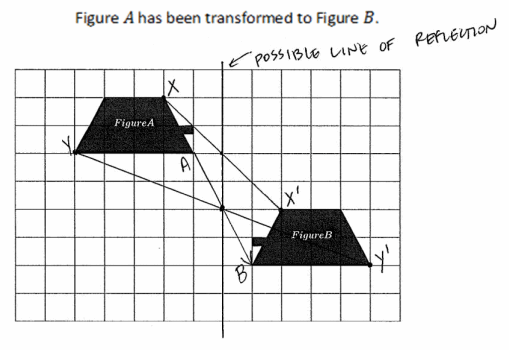
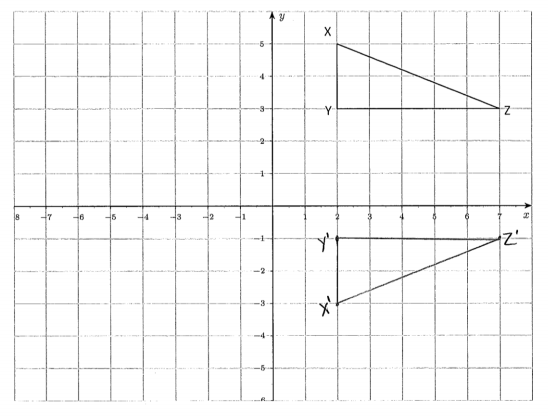


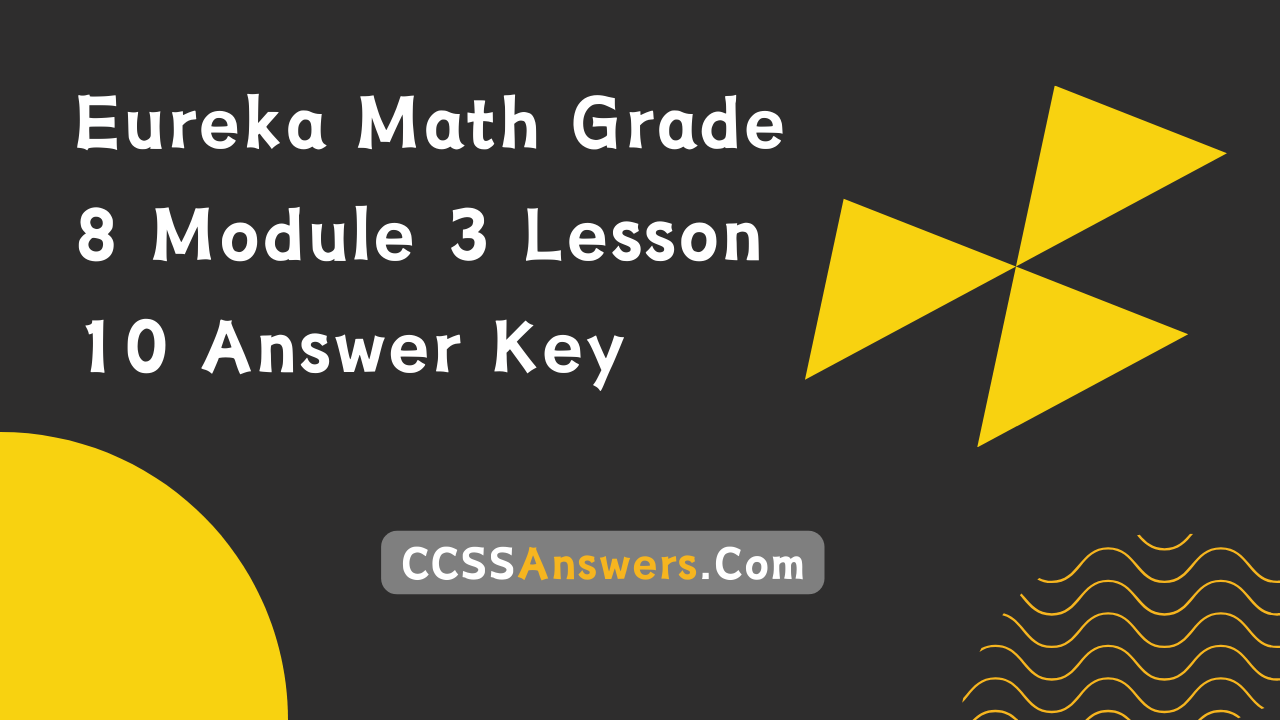
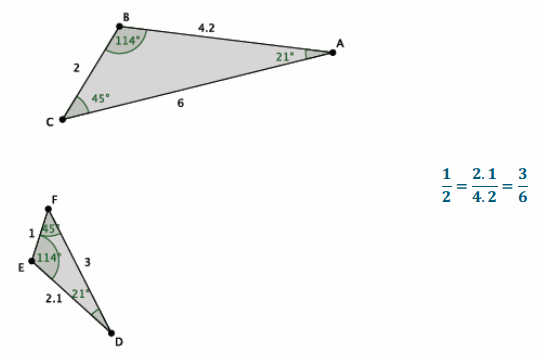

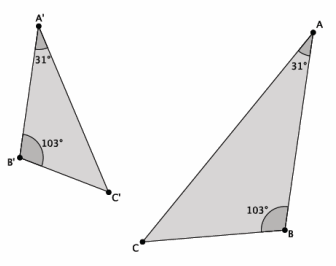

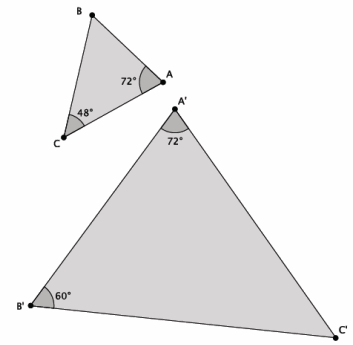

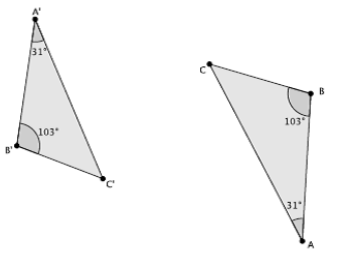

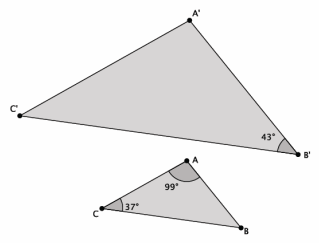
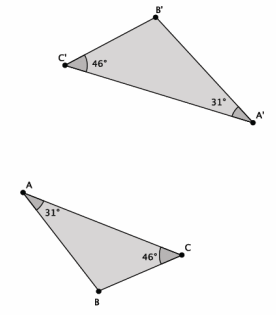
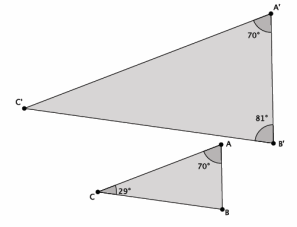
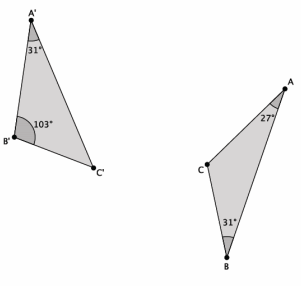
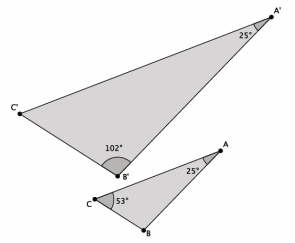




















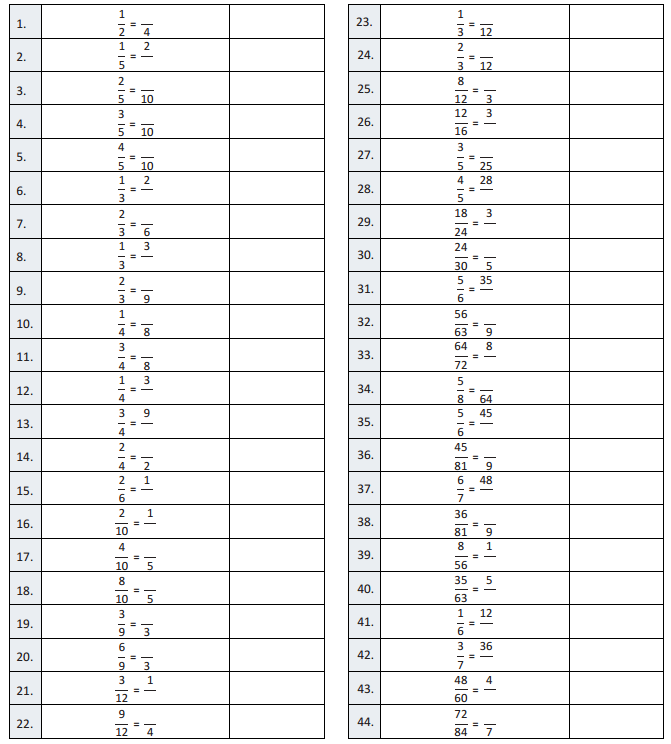
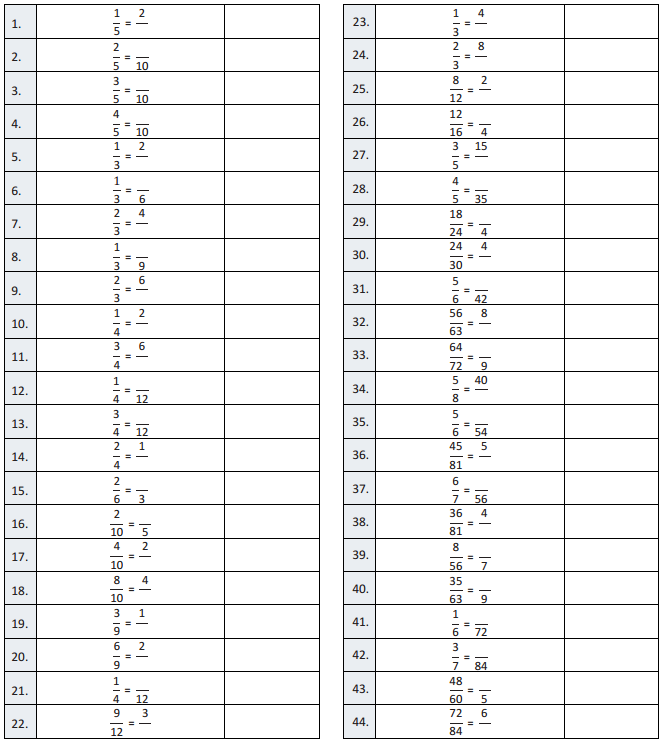
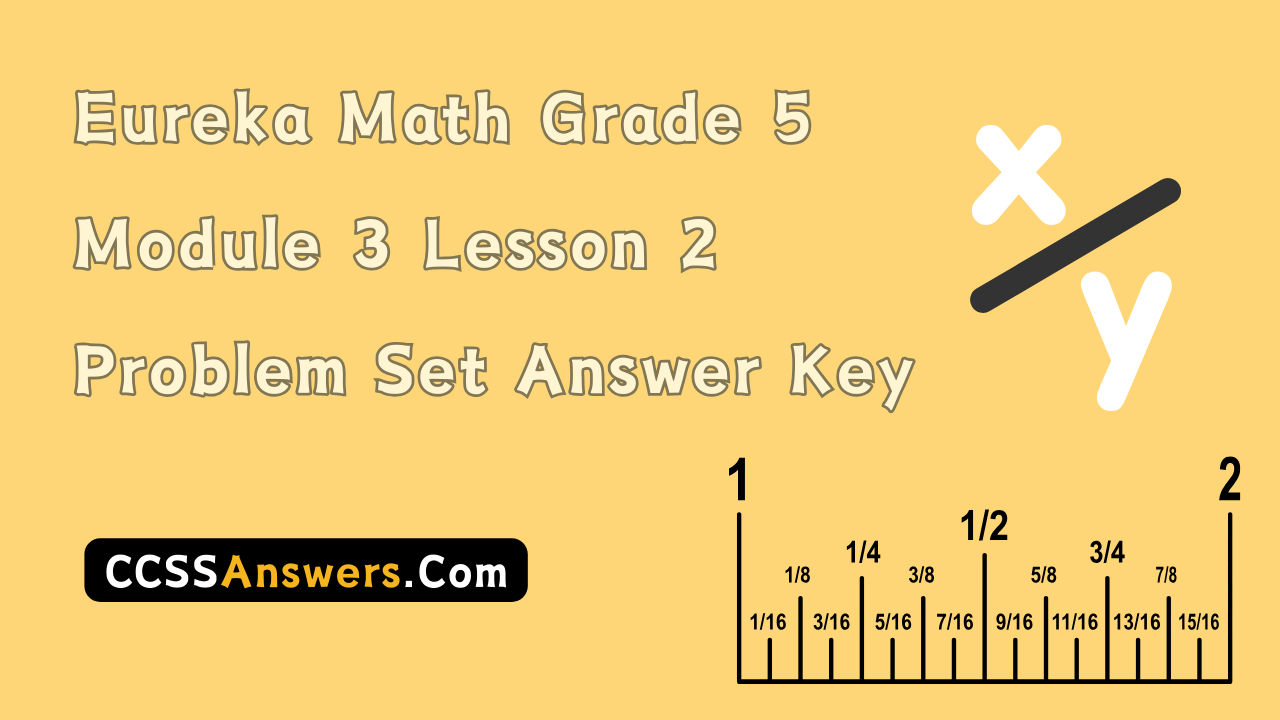
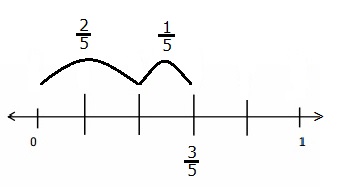


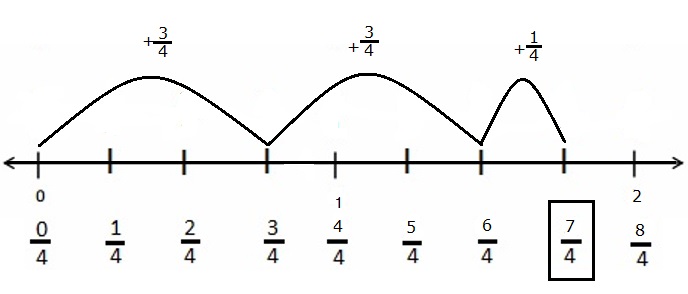
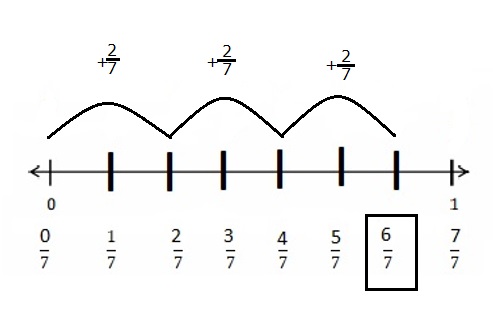

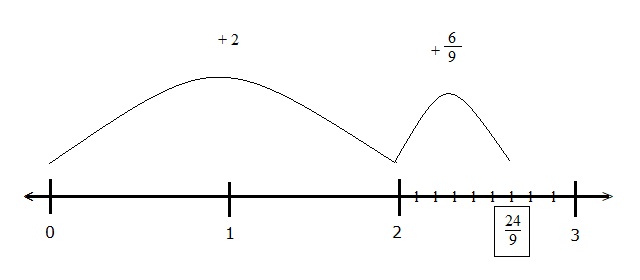

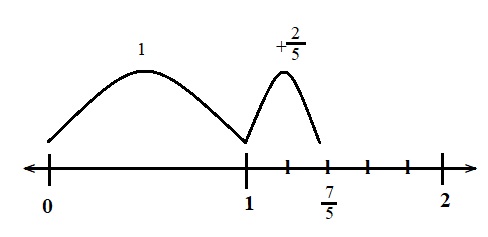
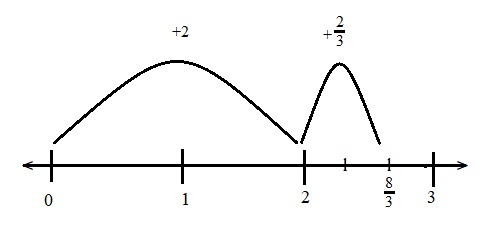
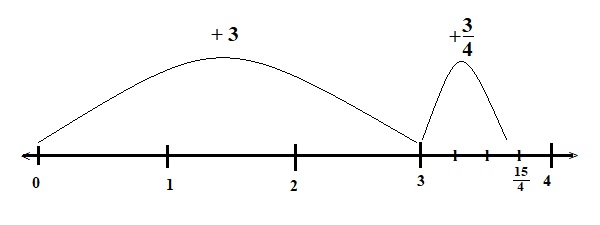
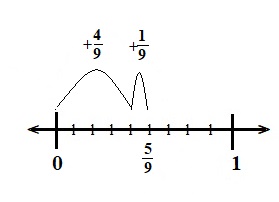


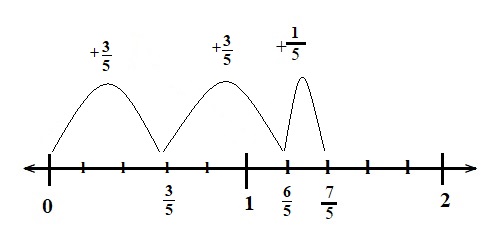


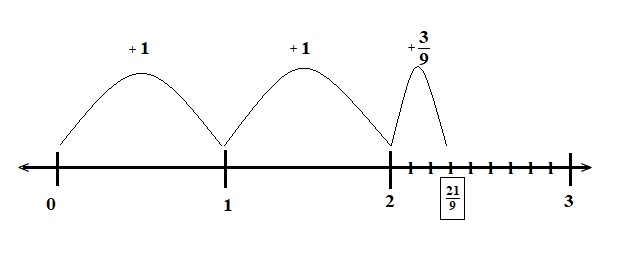
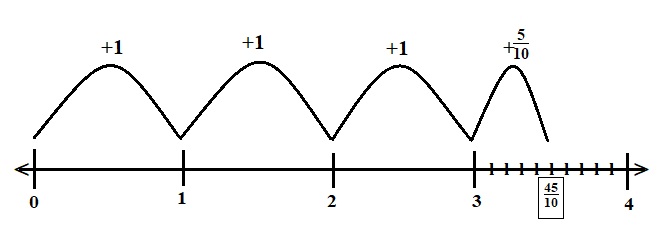
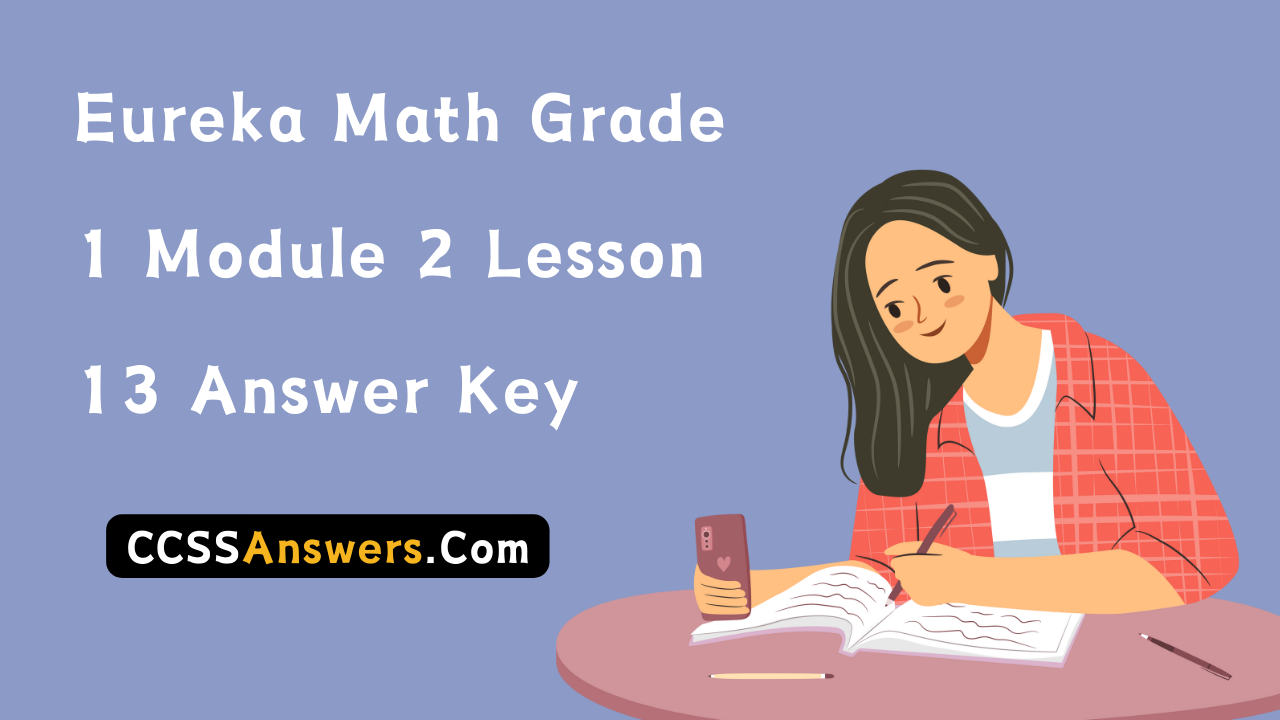
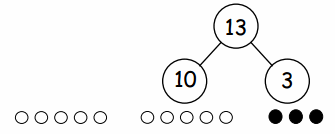
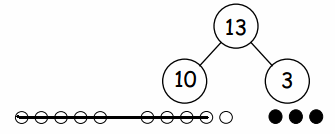

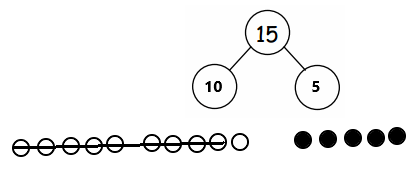
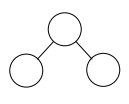
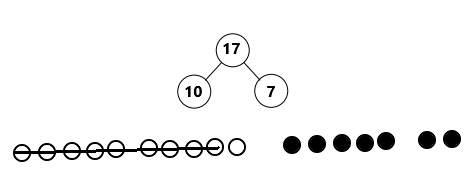
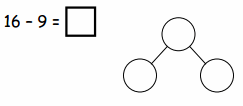

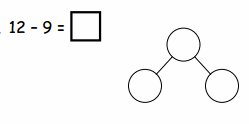

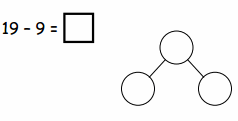

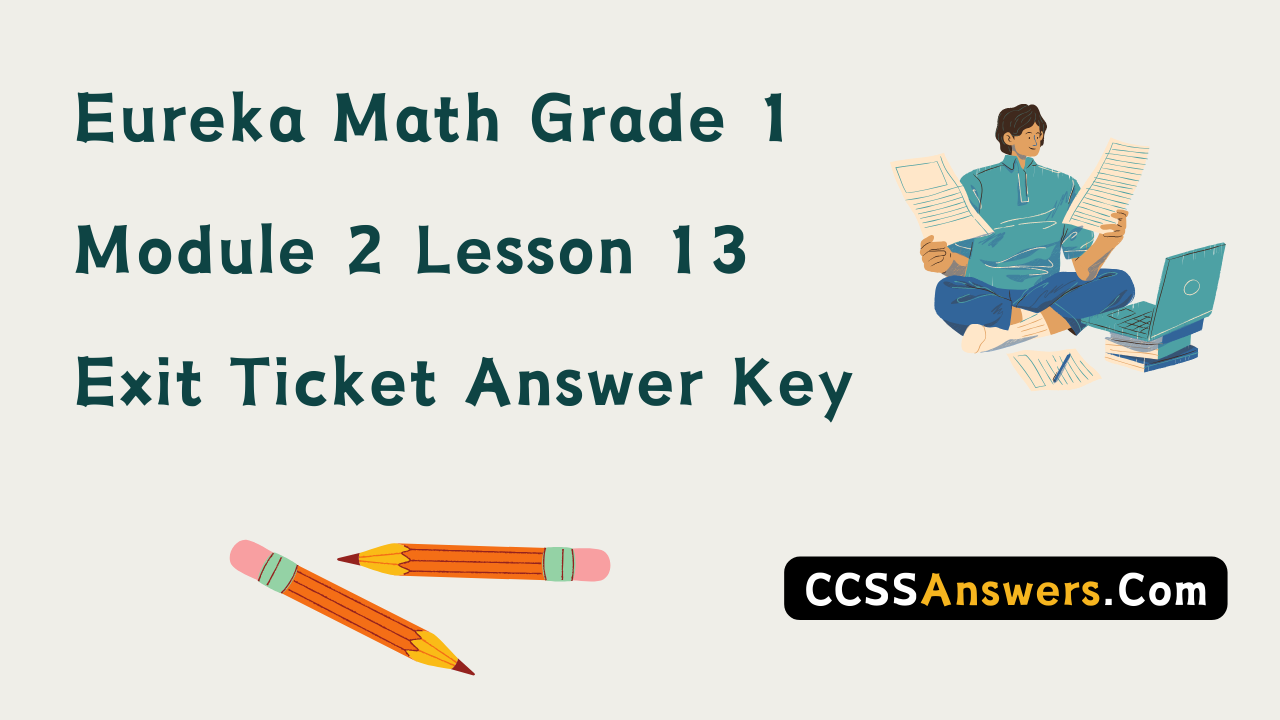


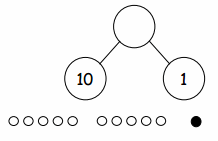


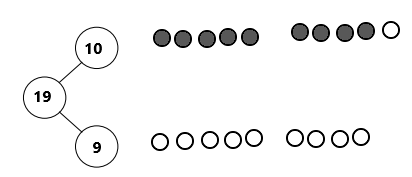

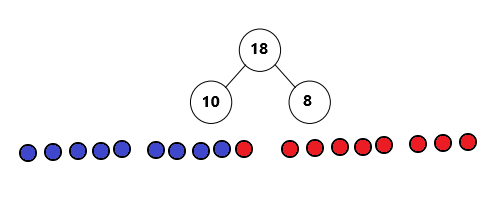
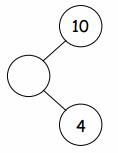

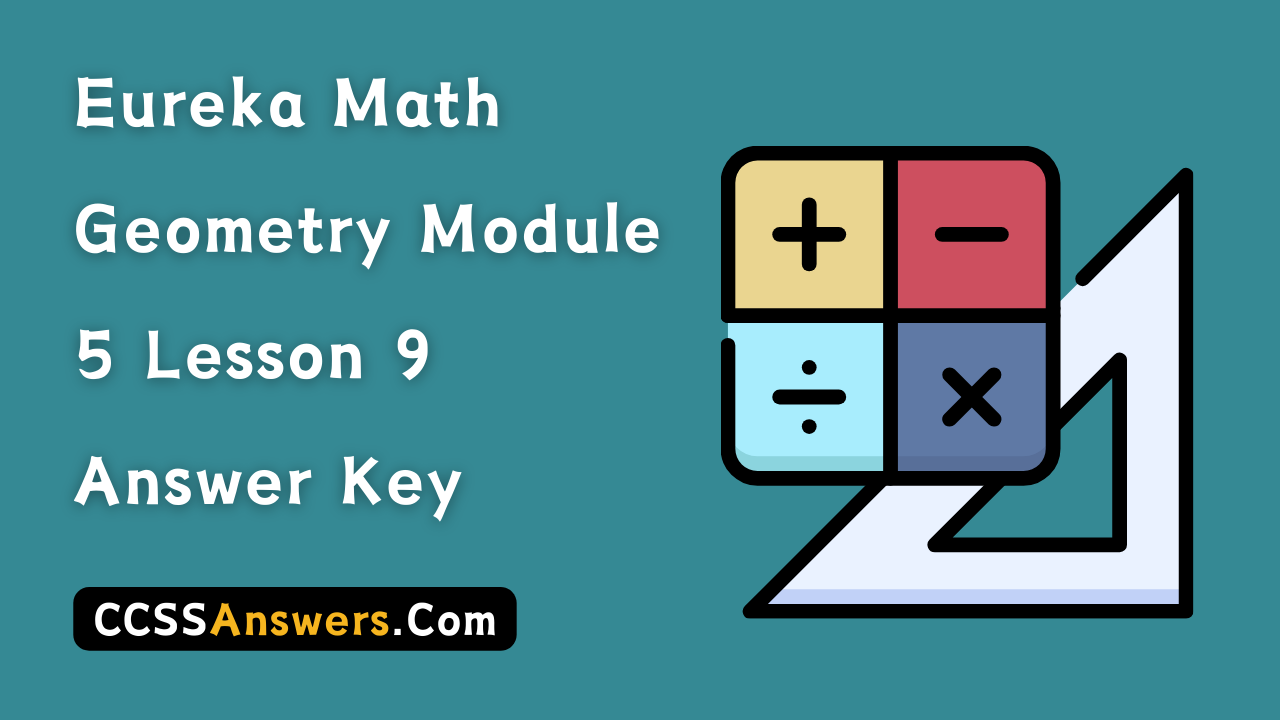
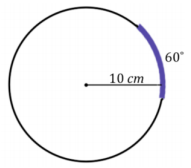
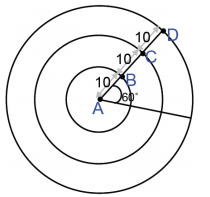


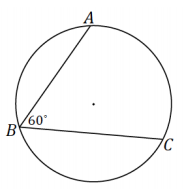

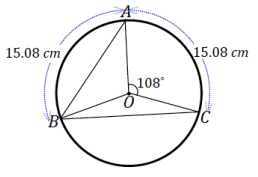

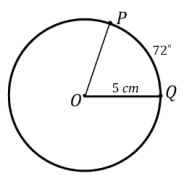
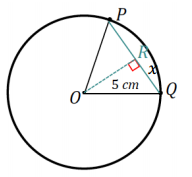
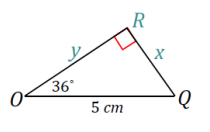
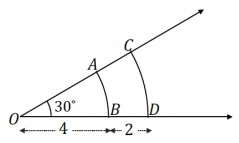



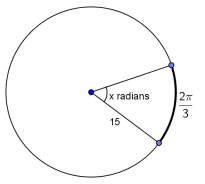
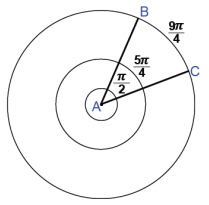
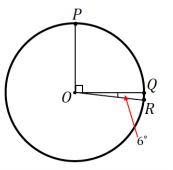

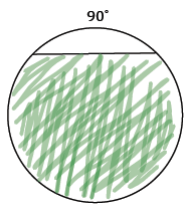

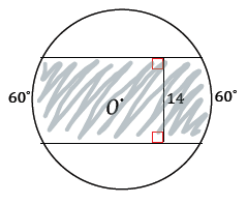

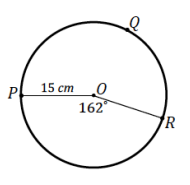
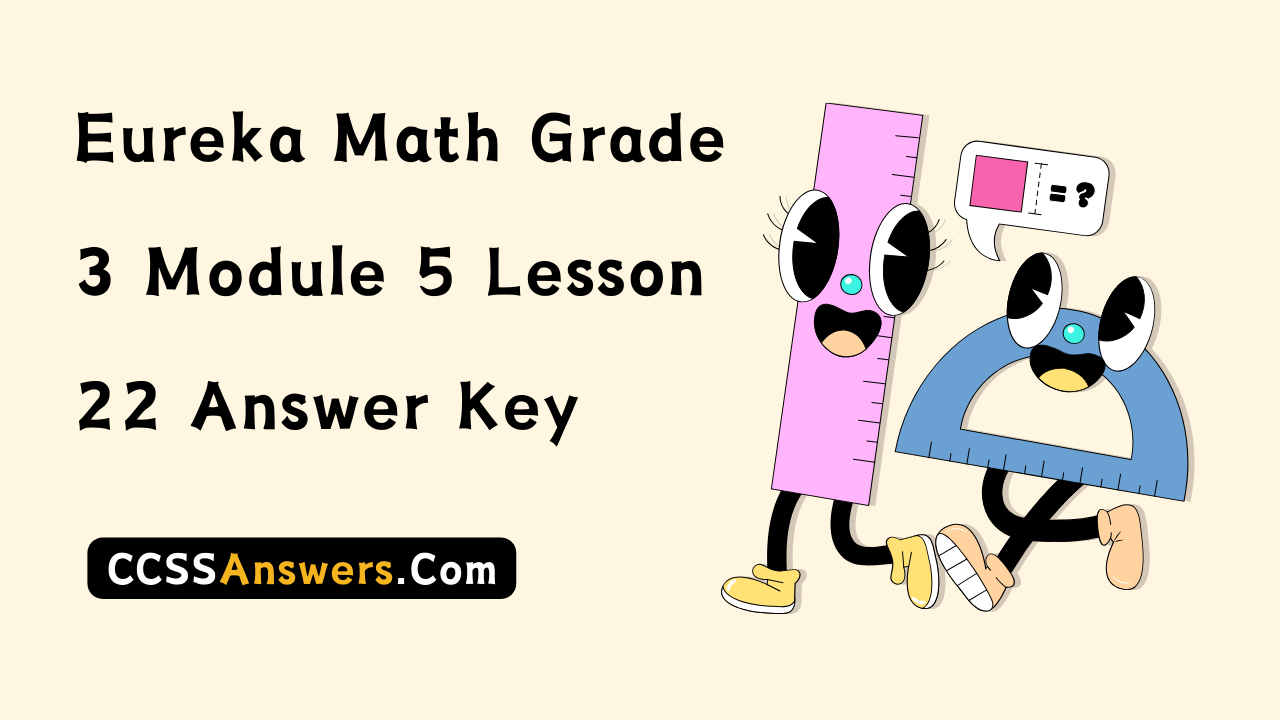
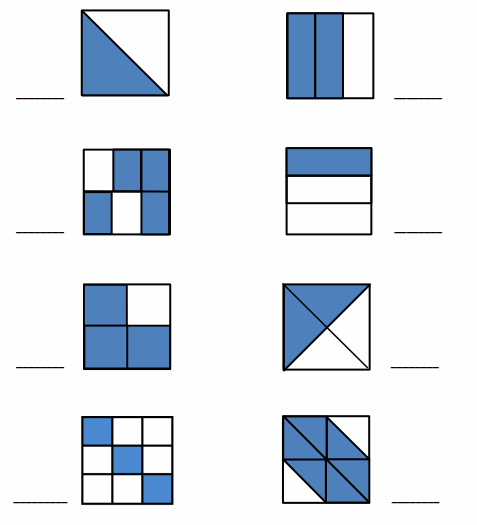
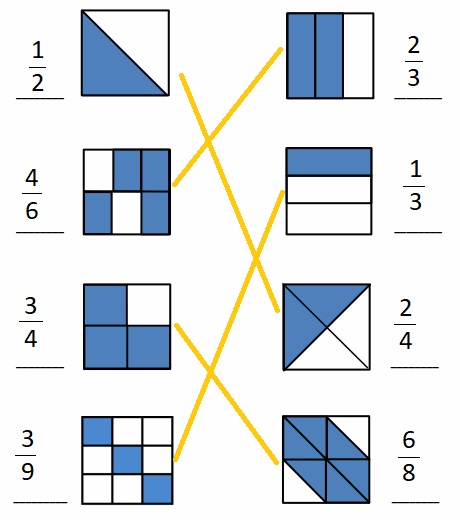
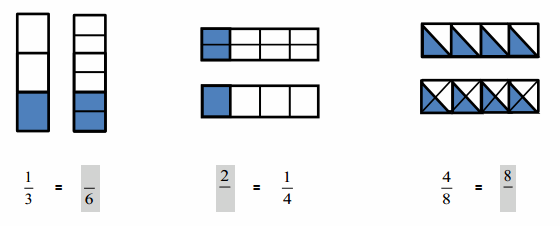

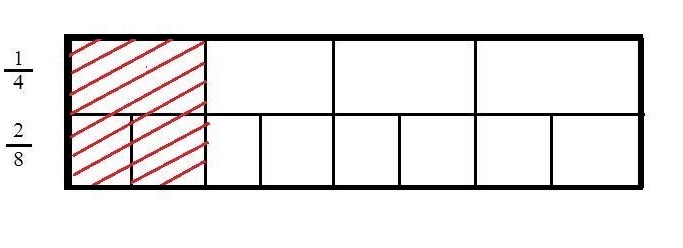


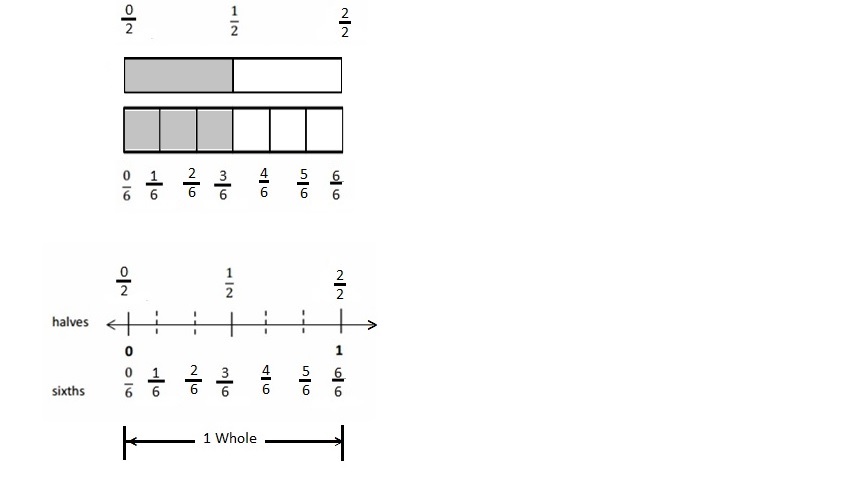

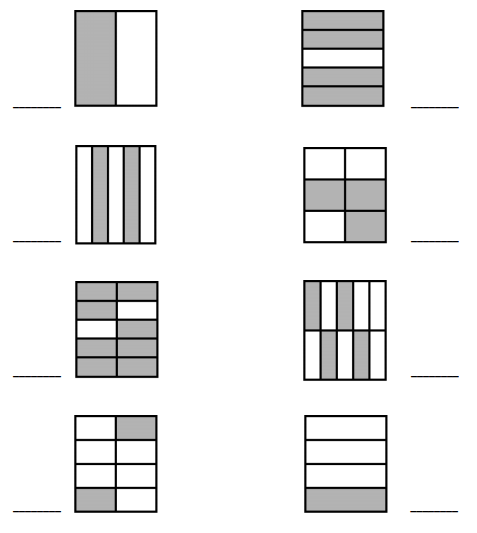
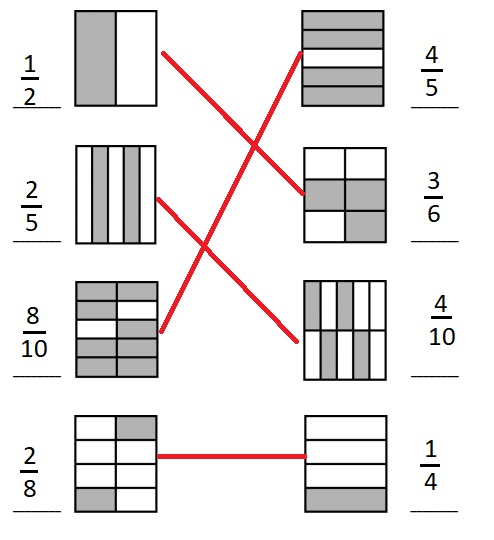
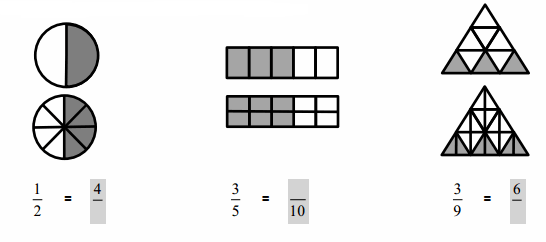 Answer :
Answer :